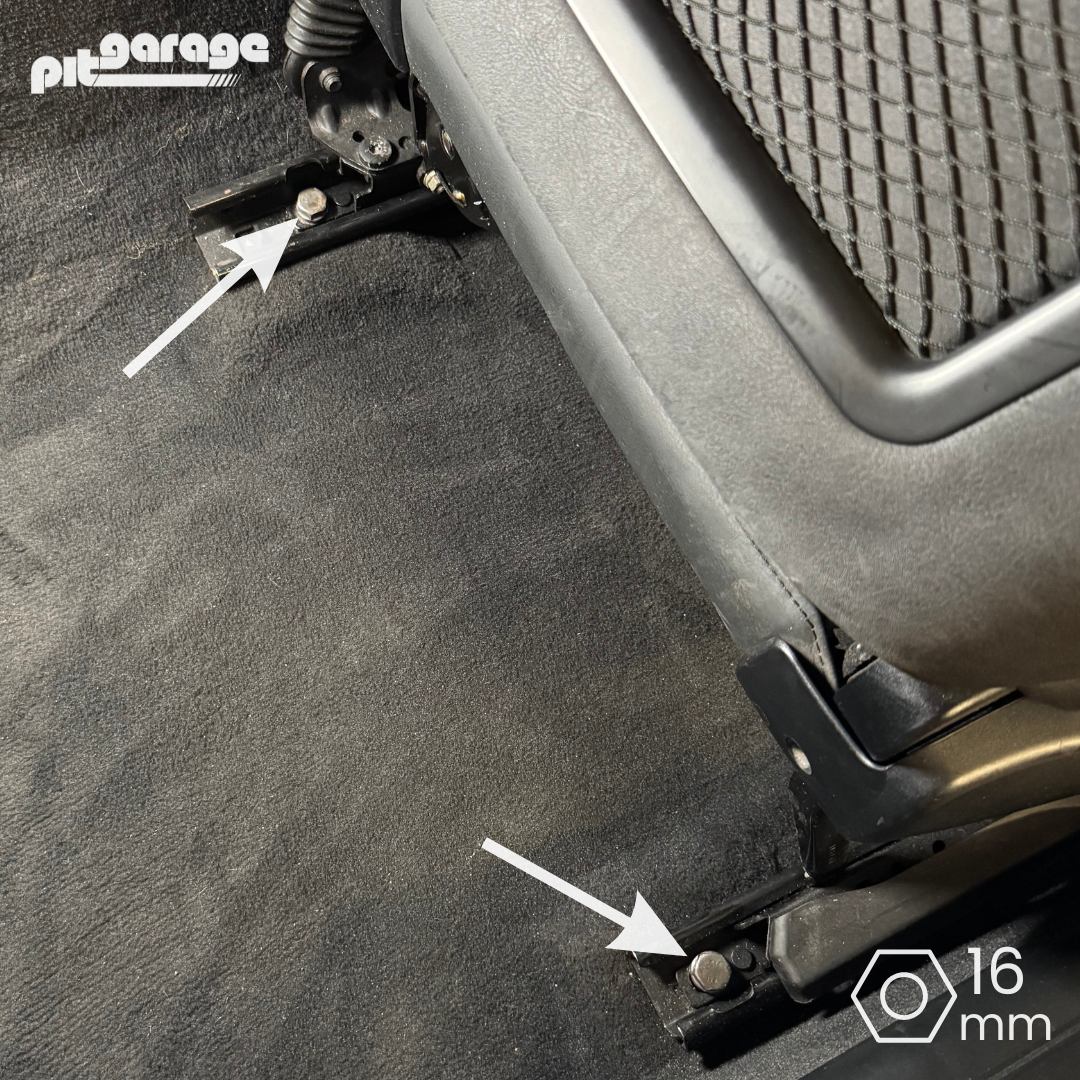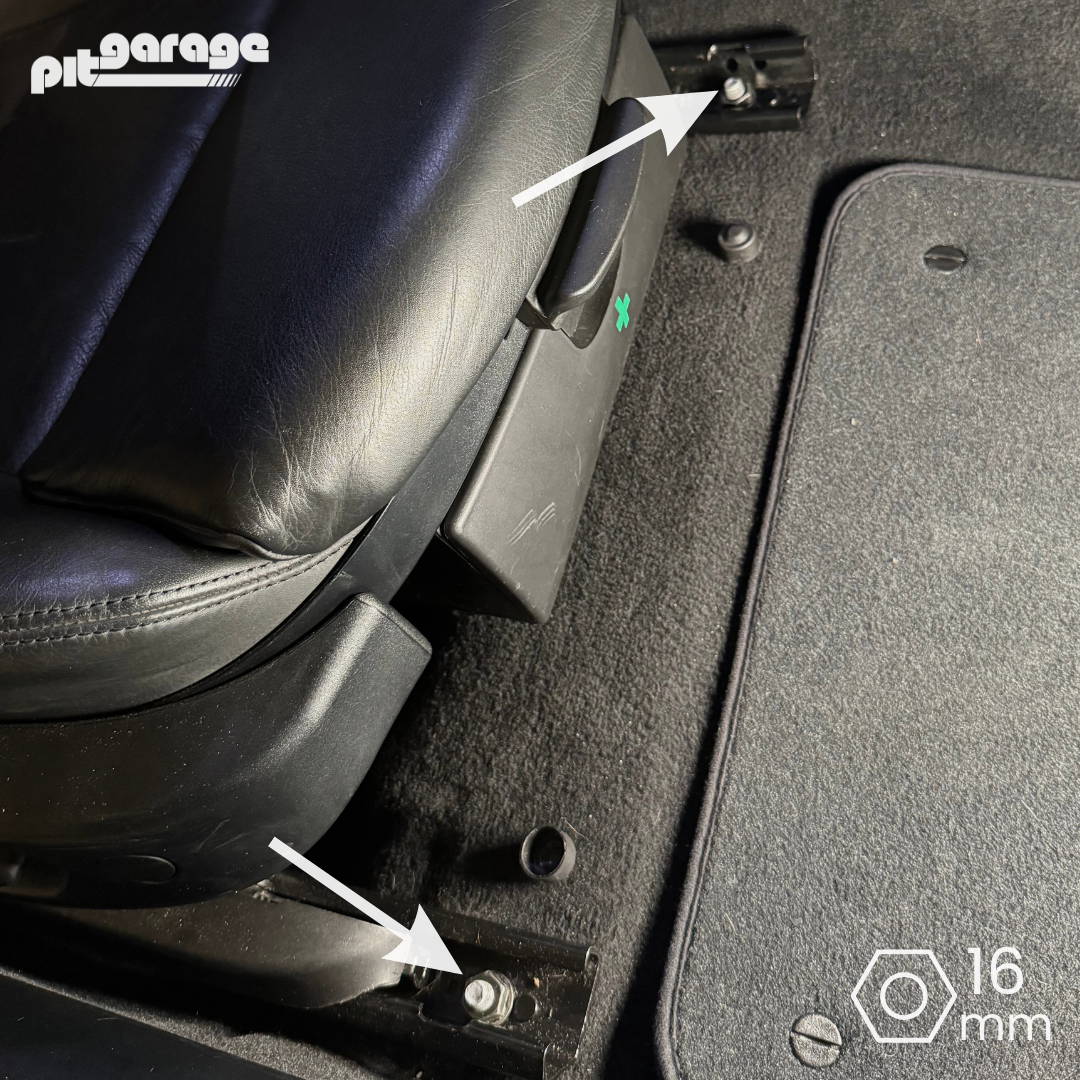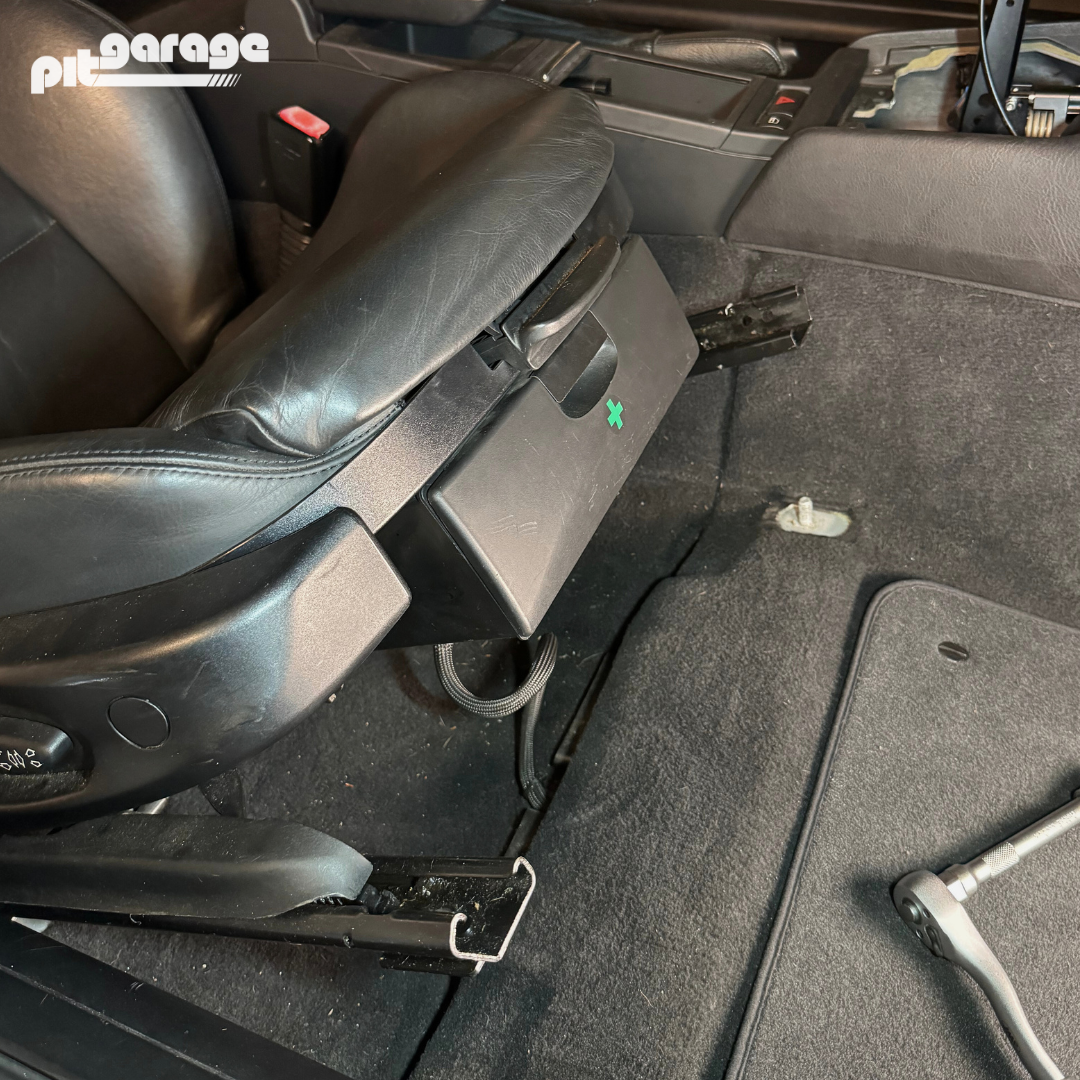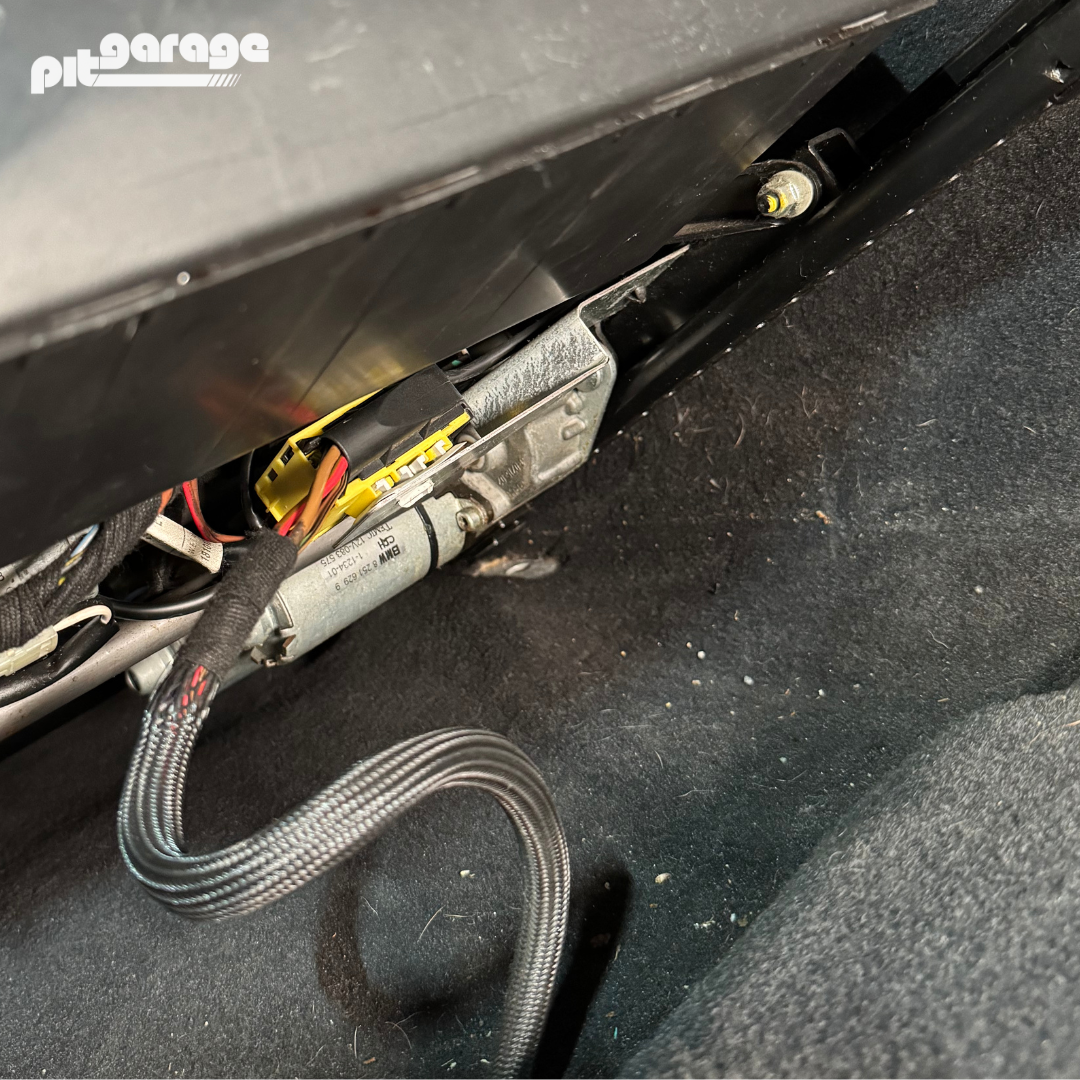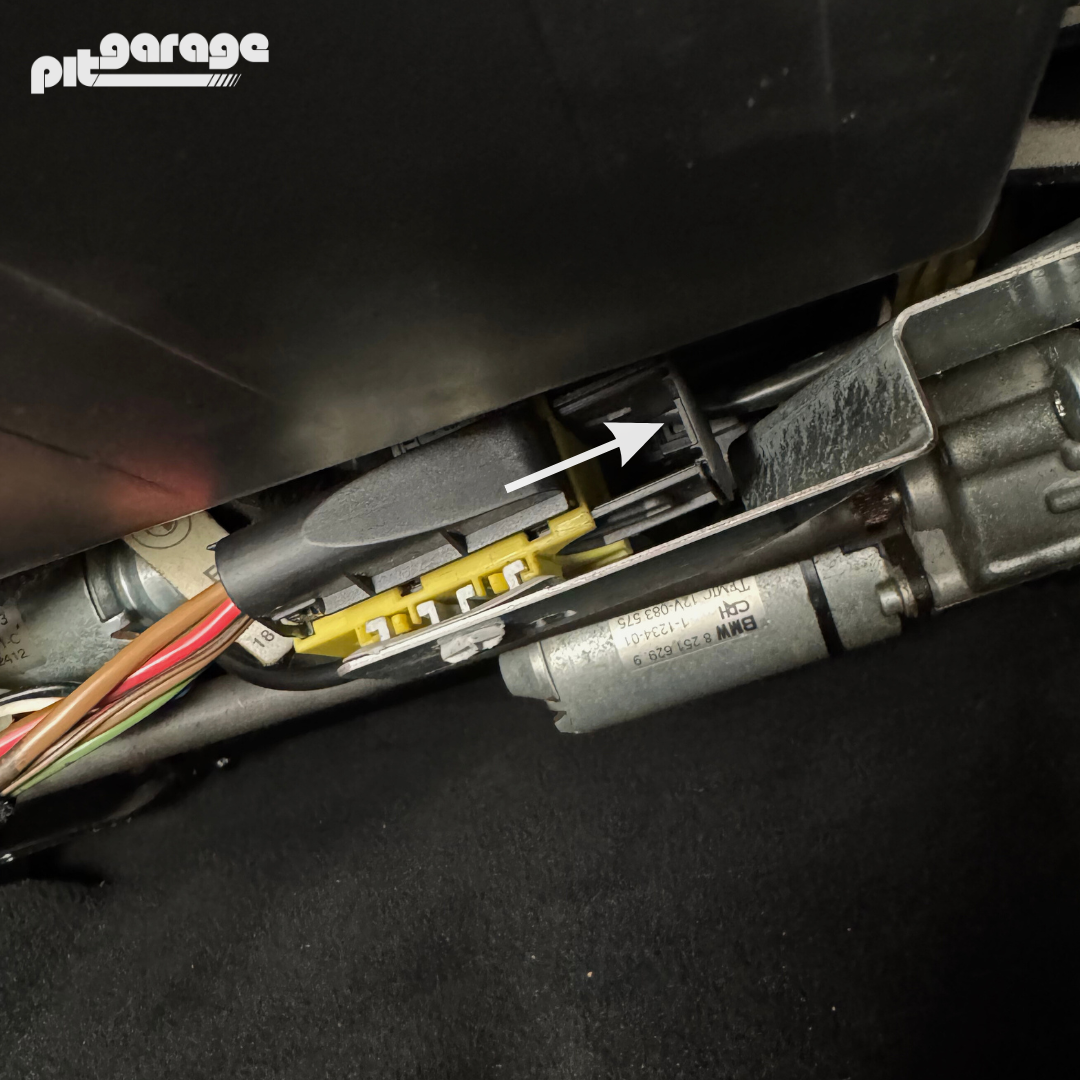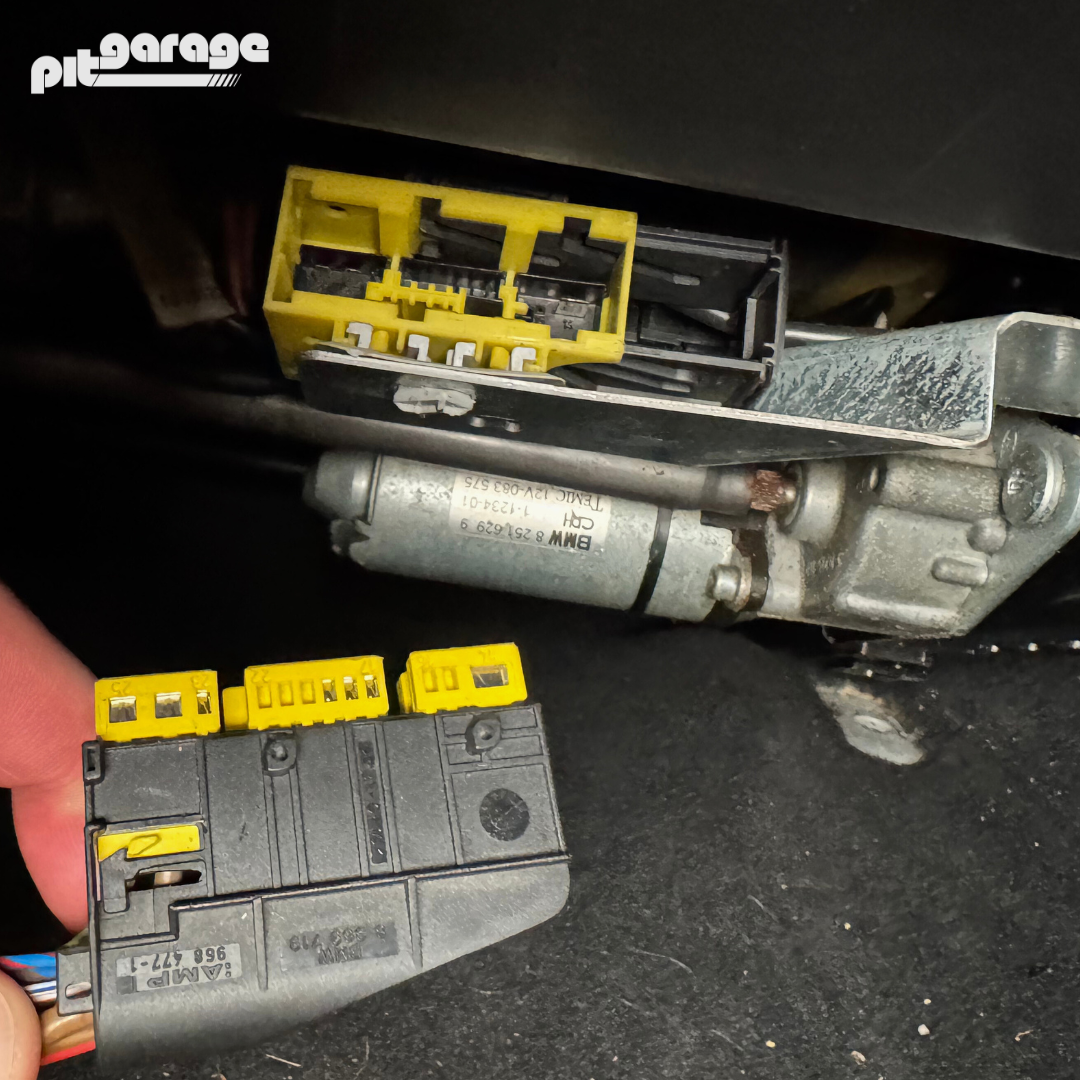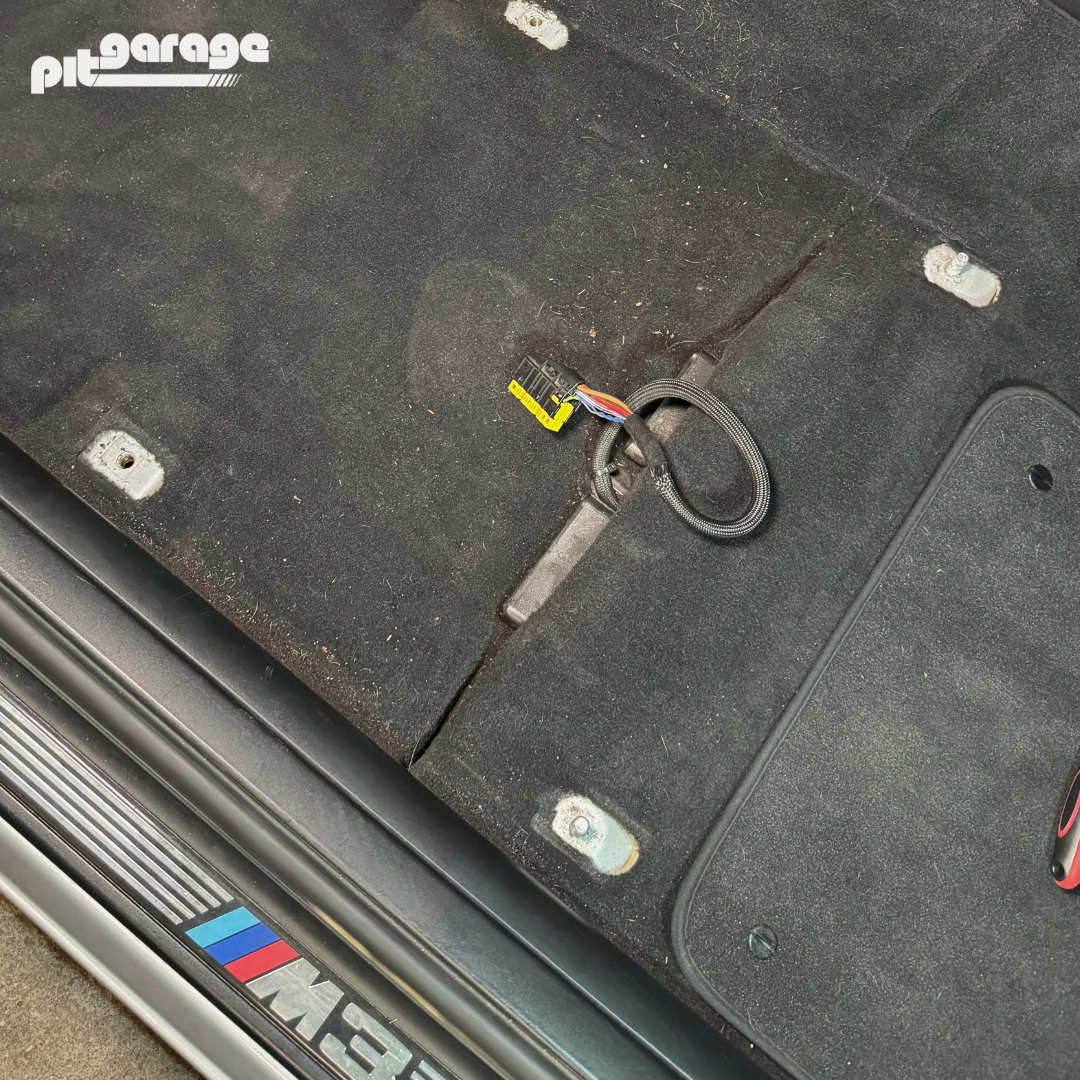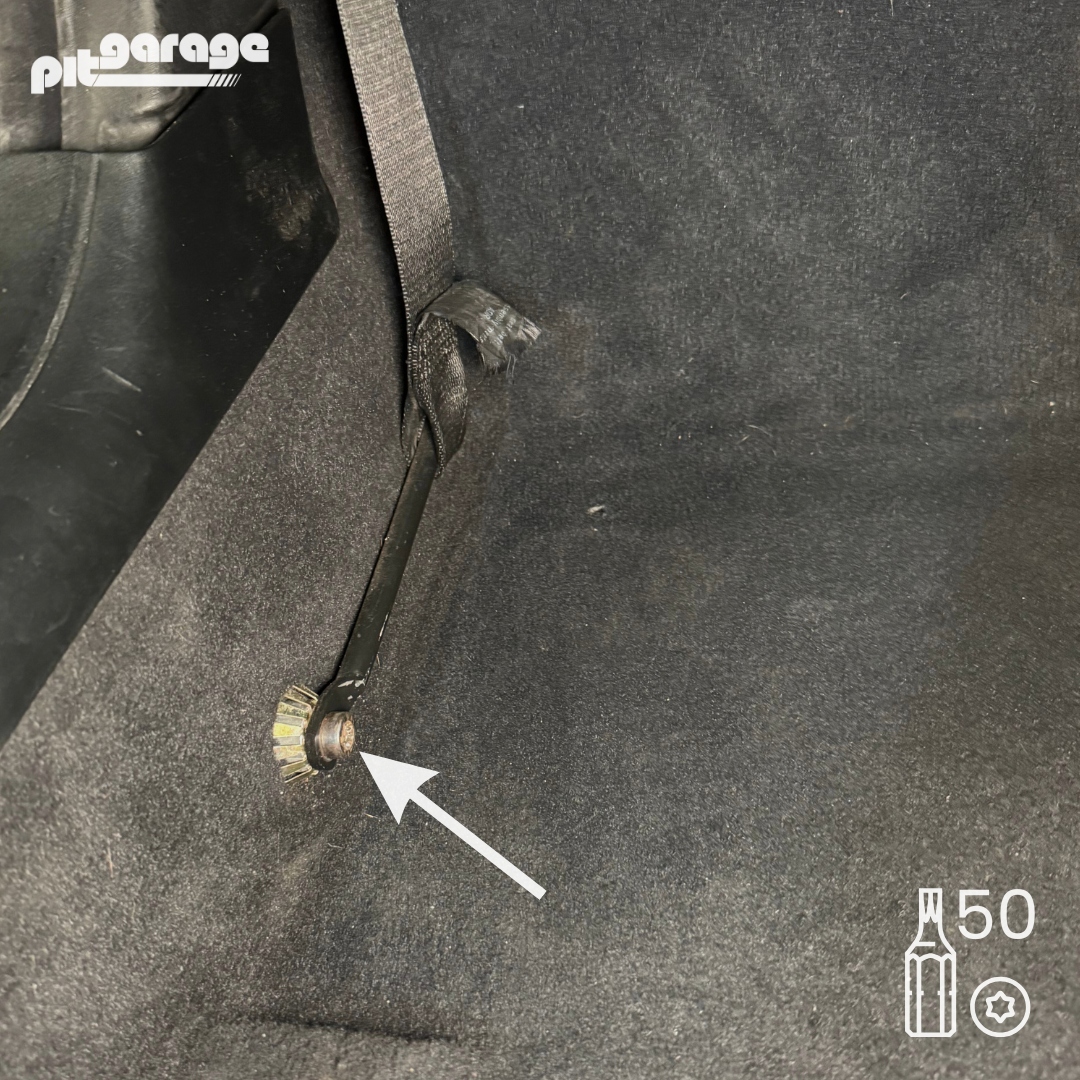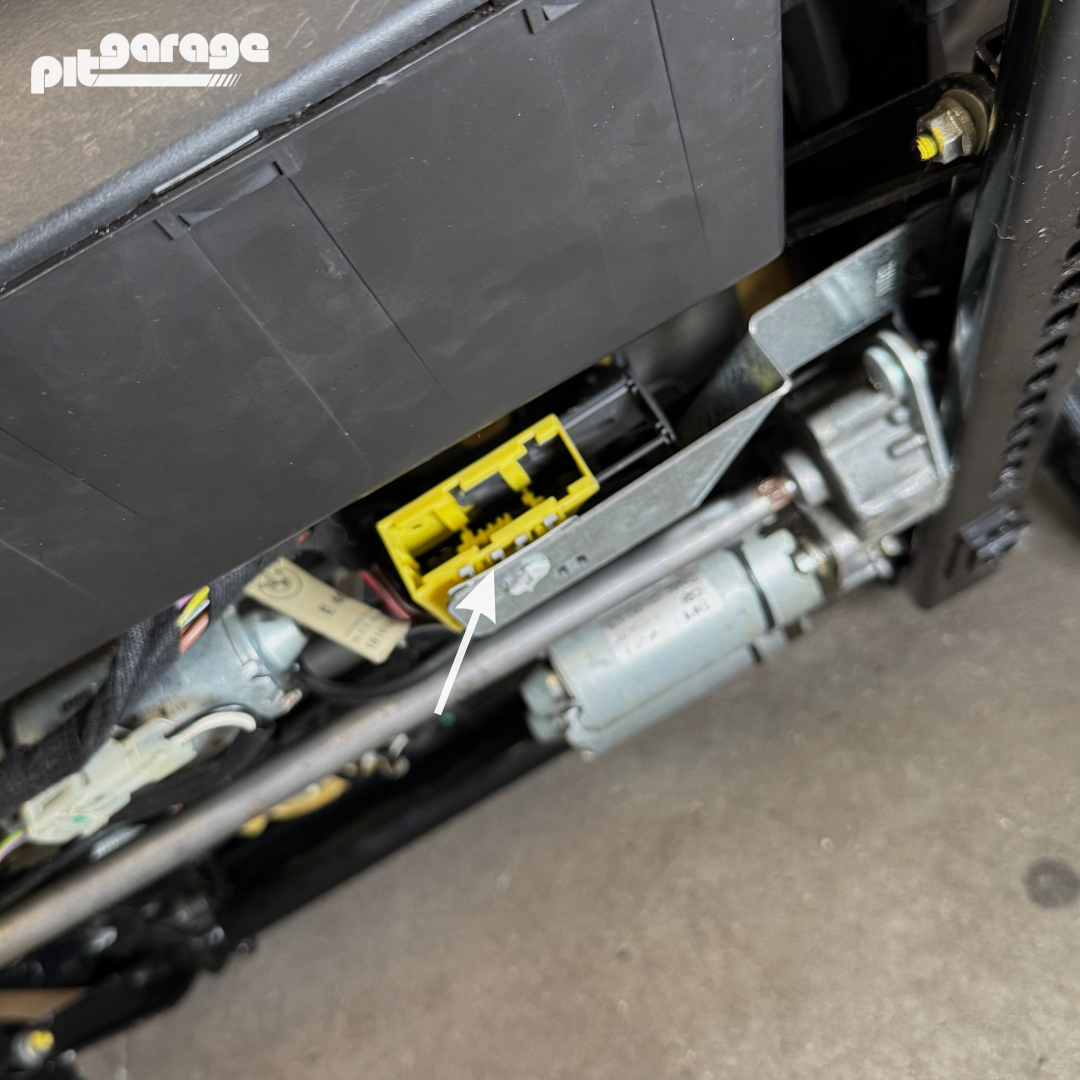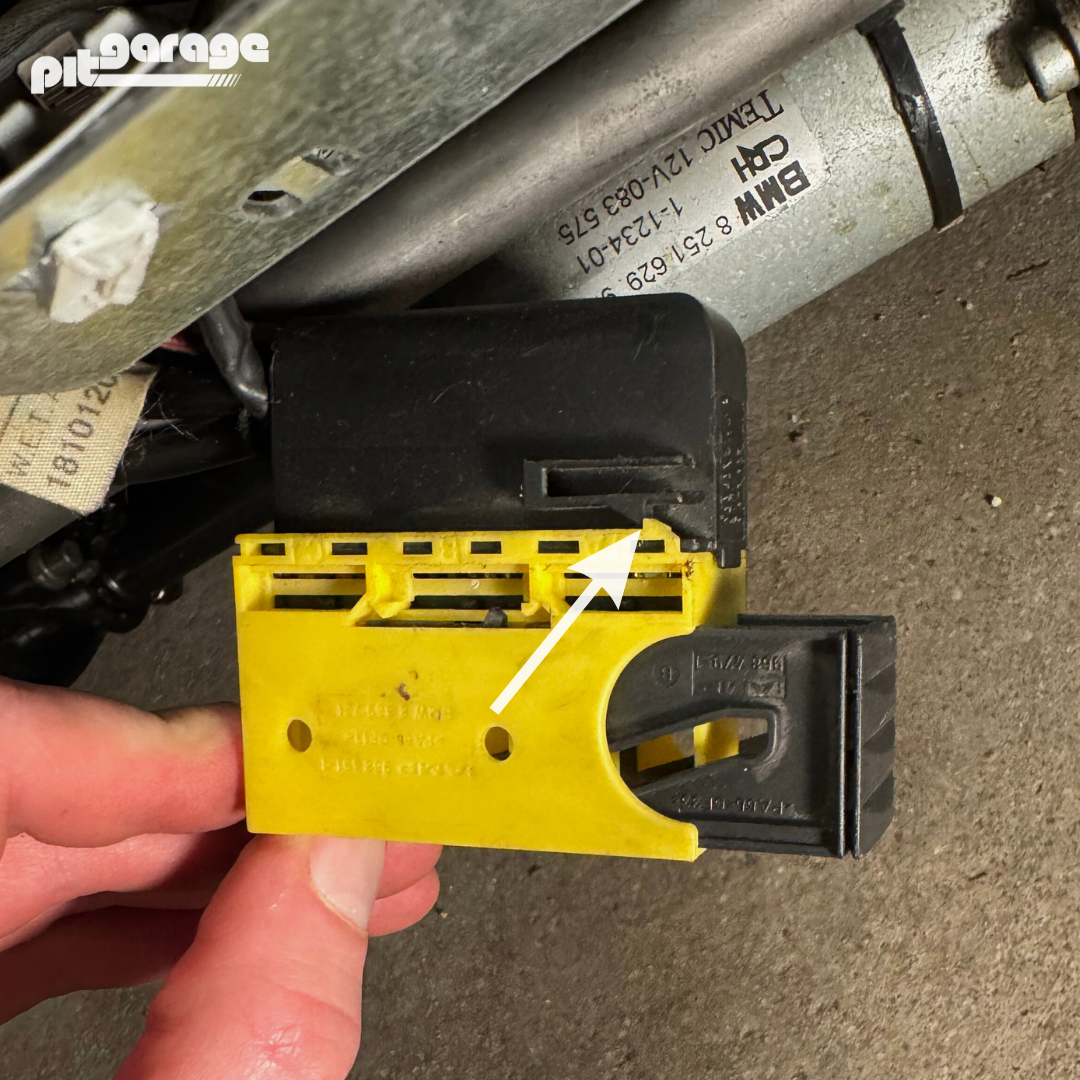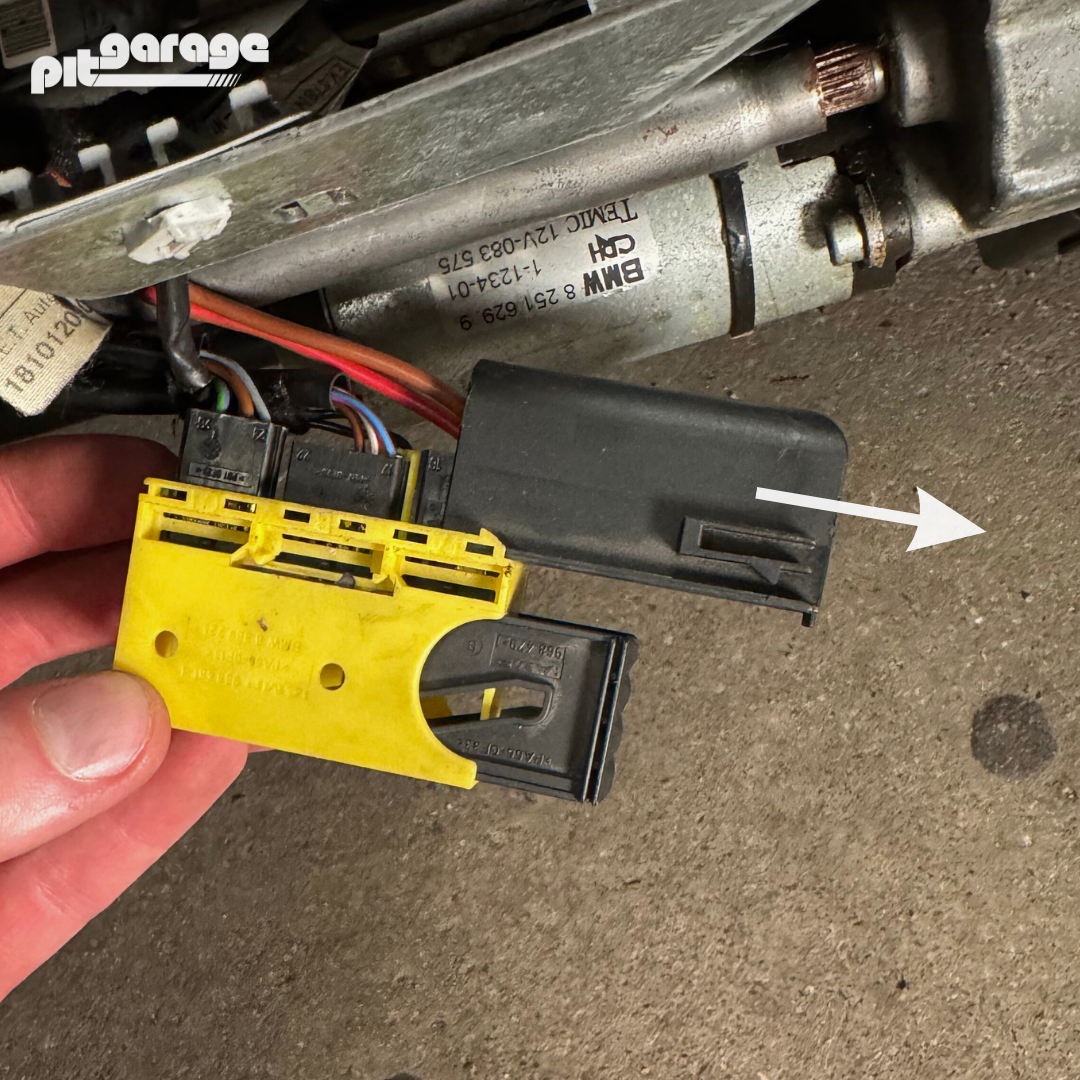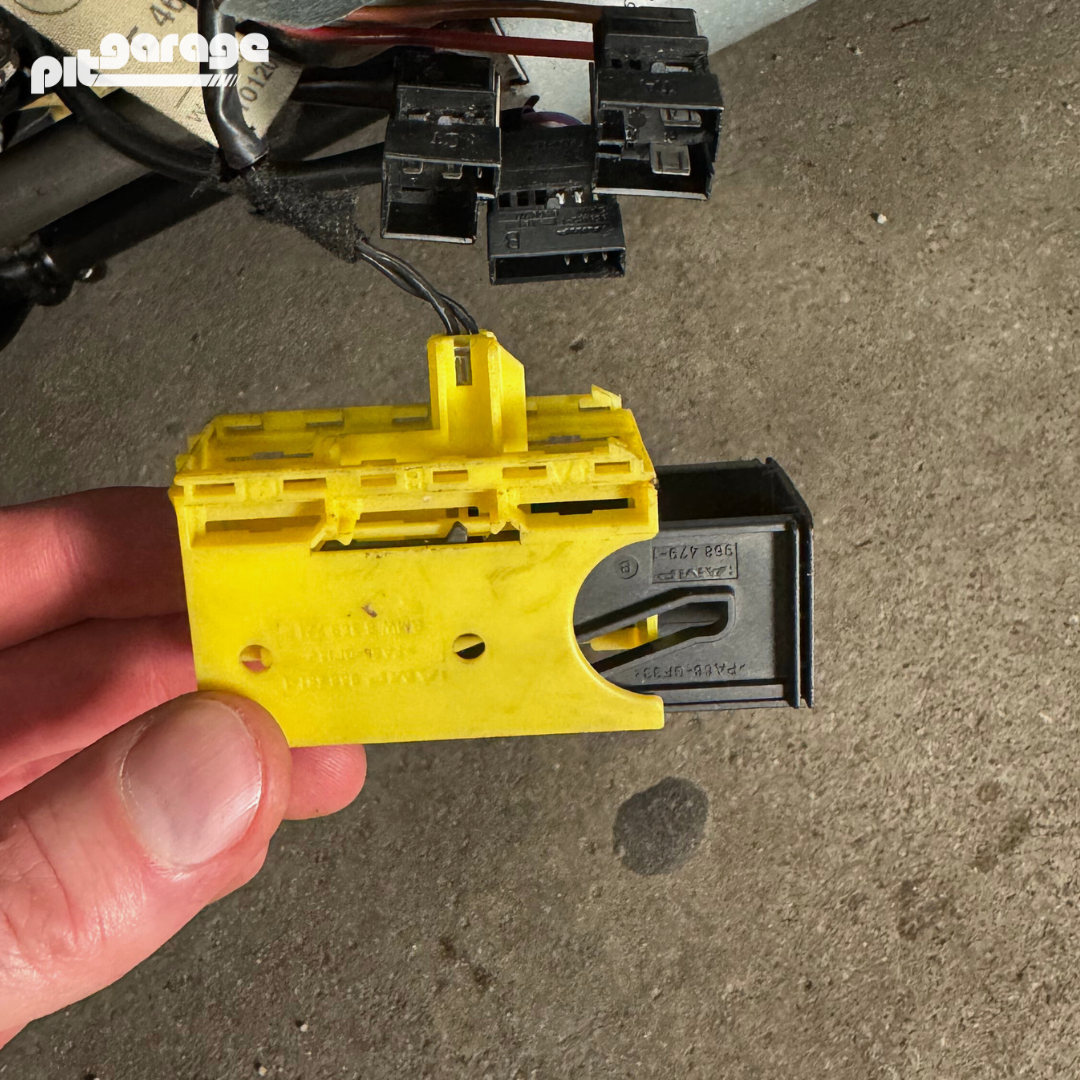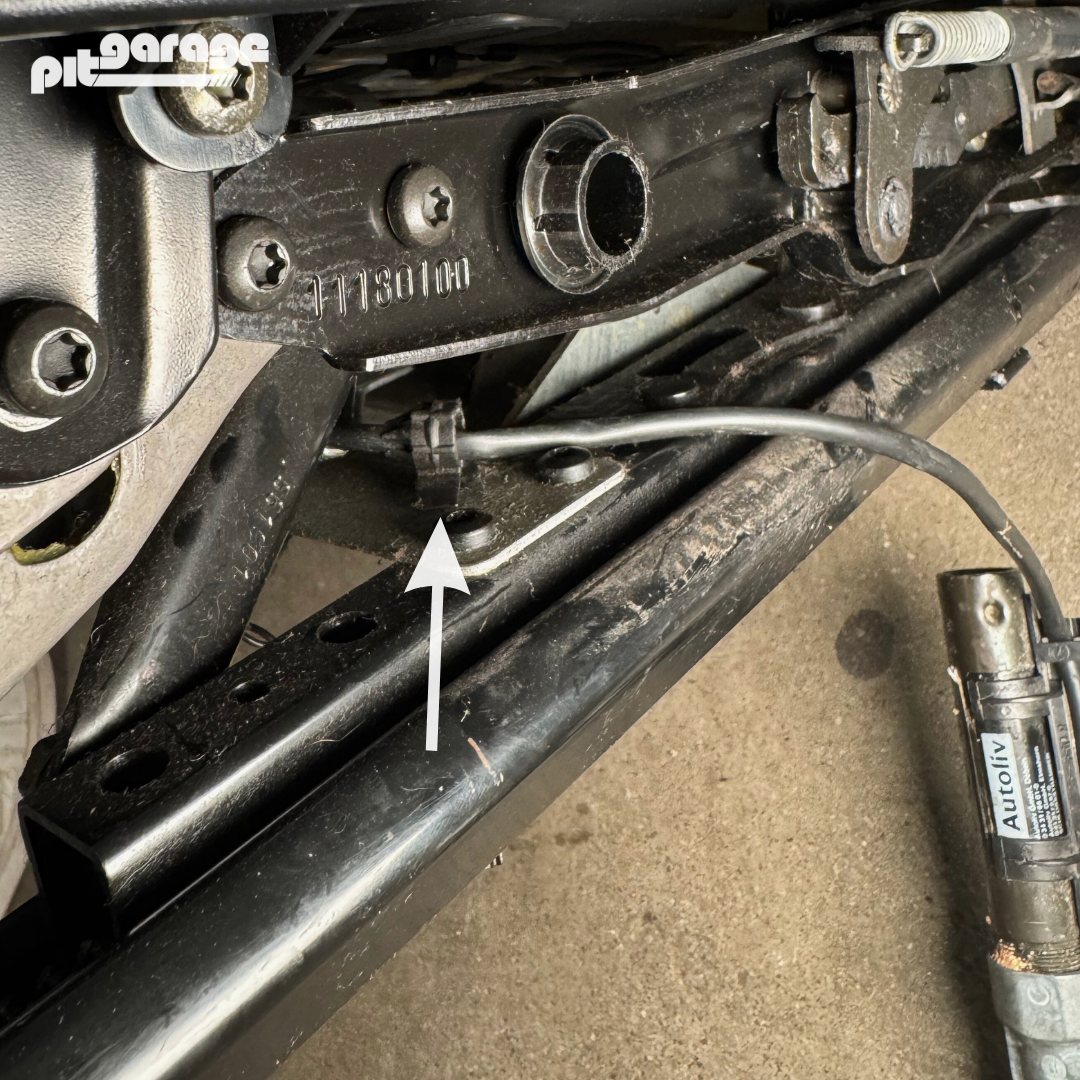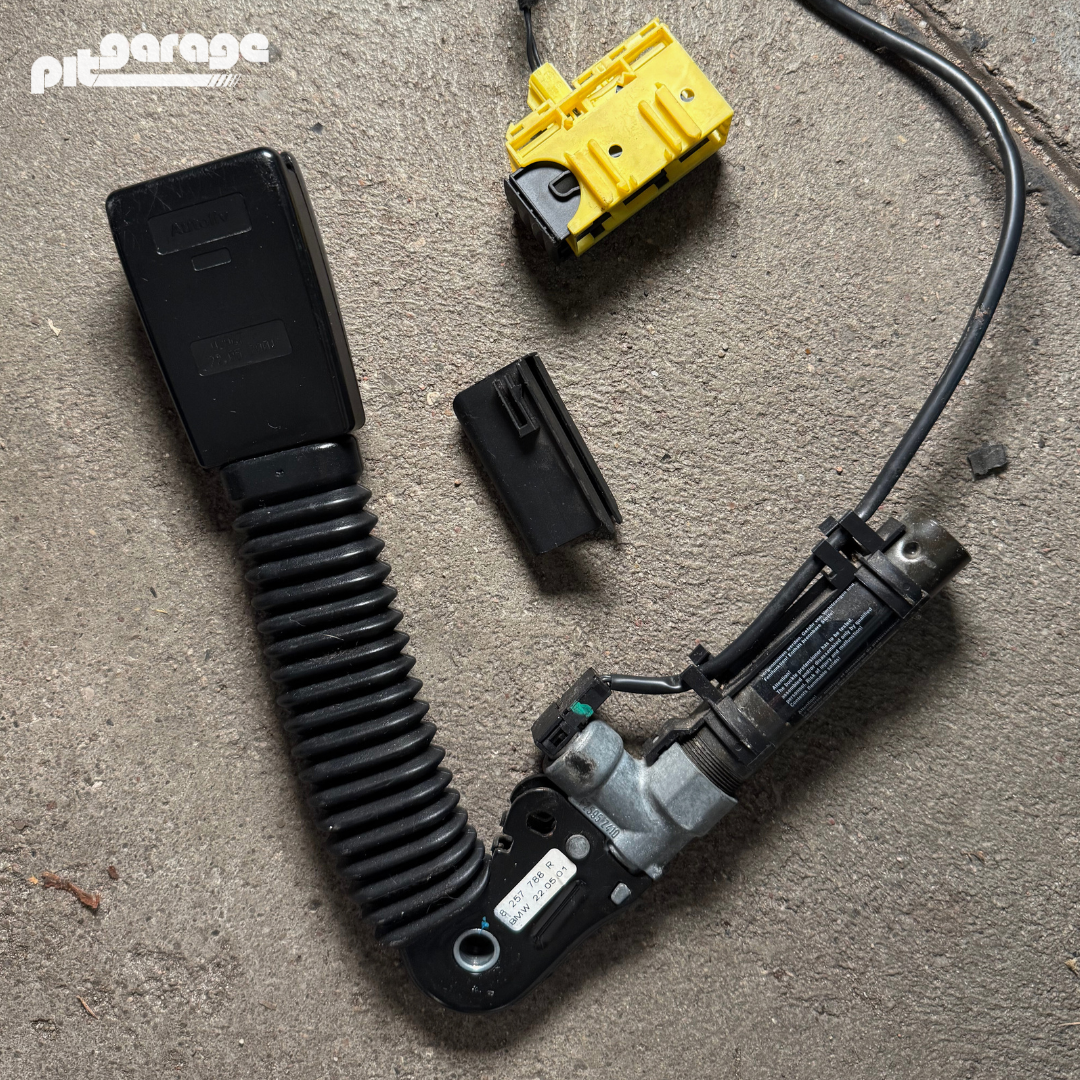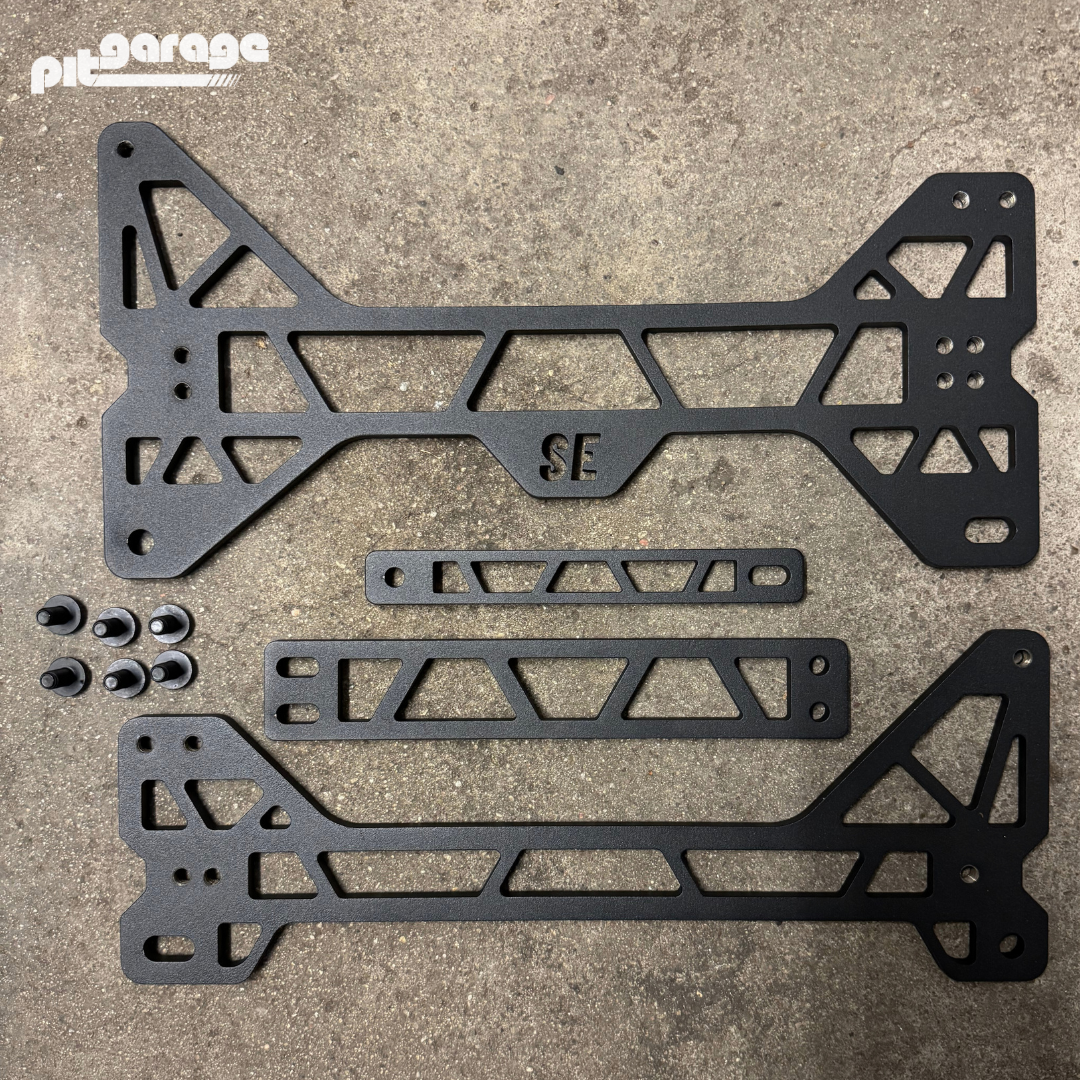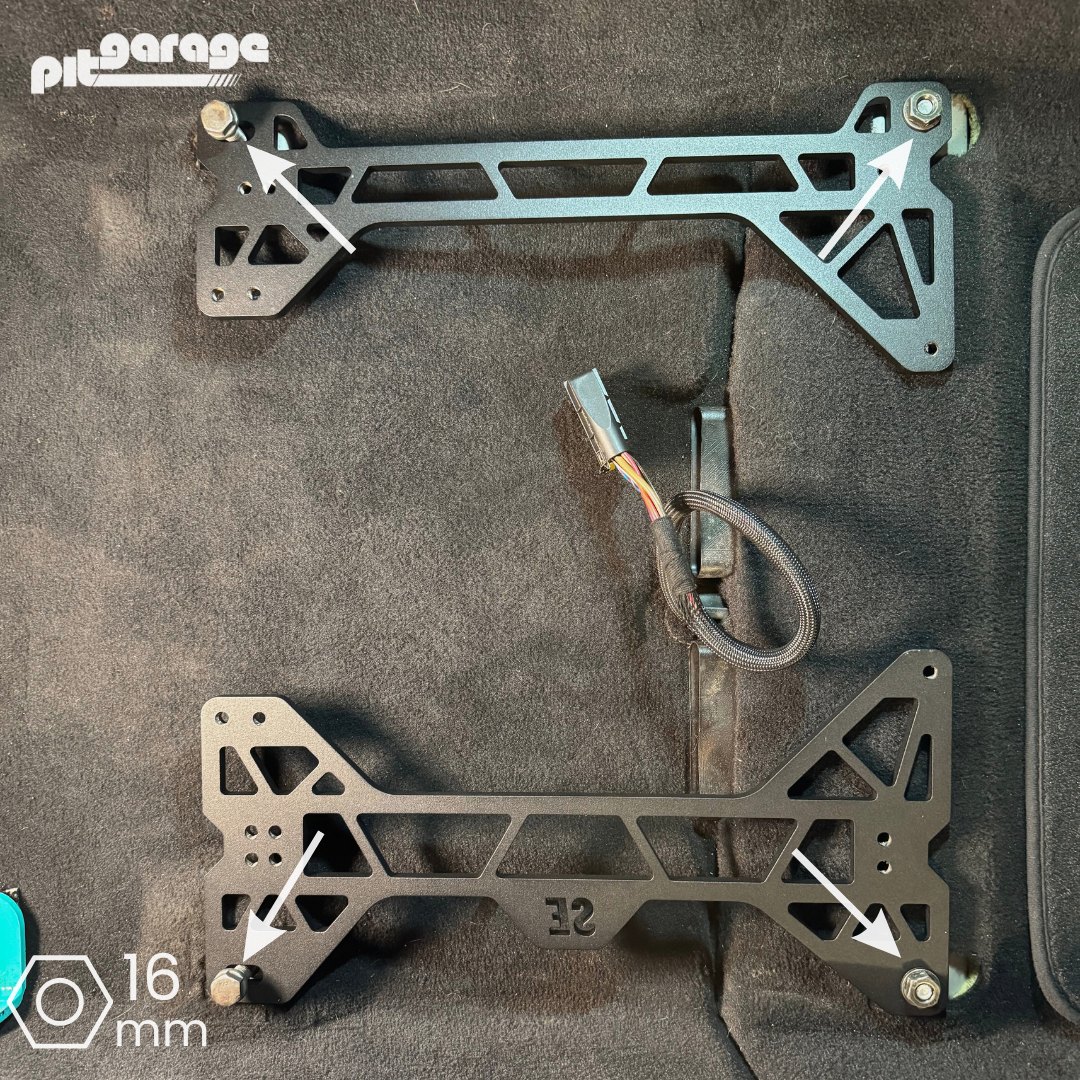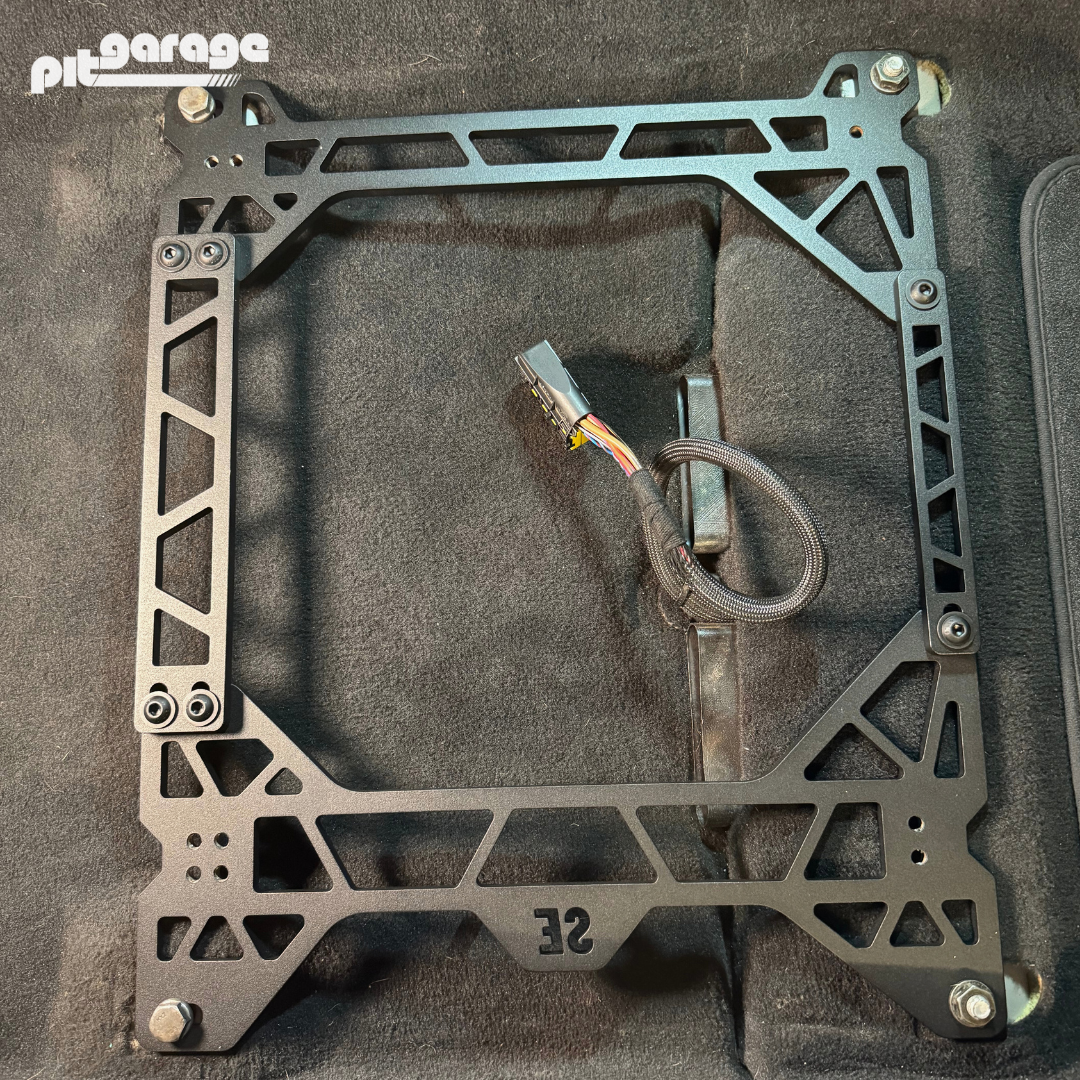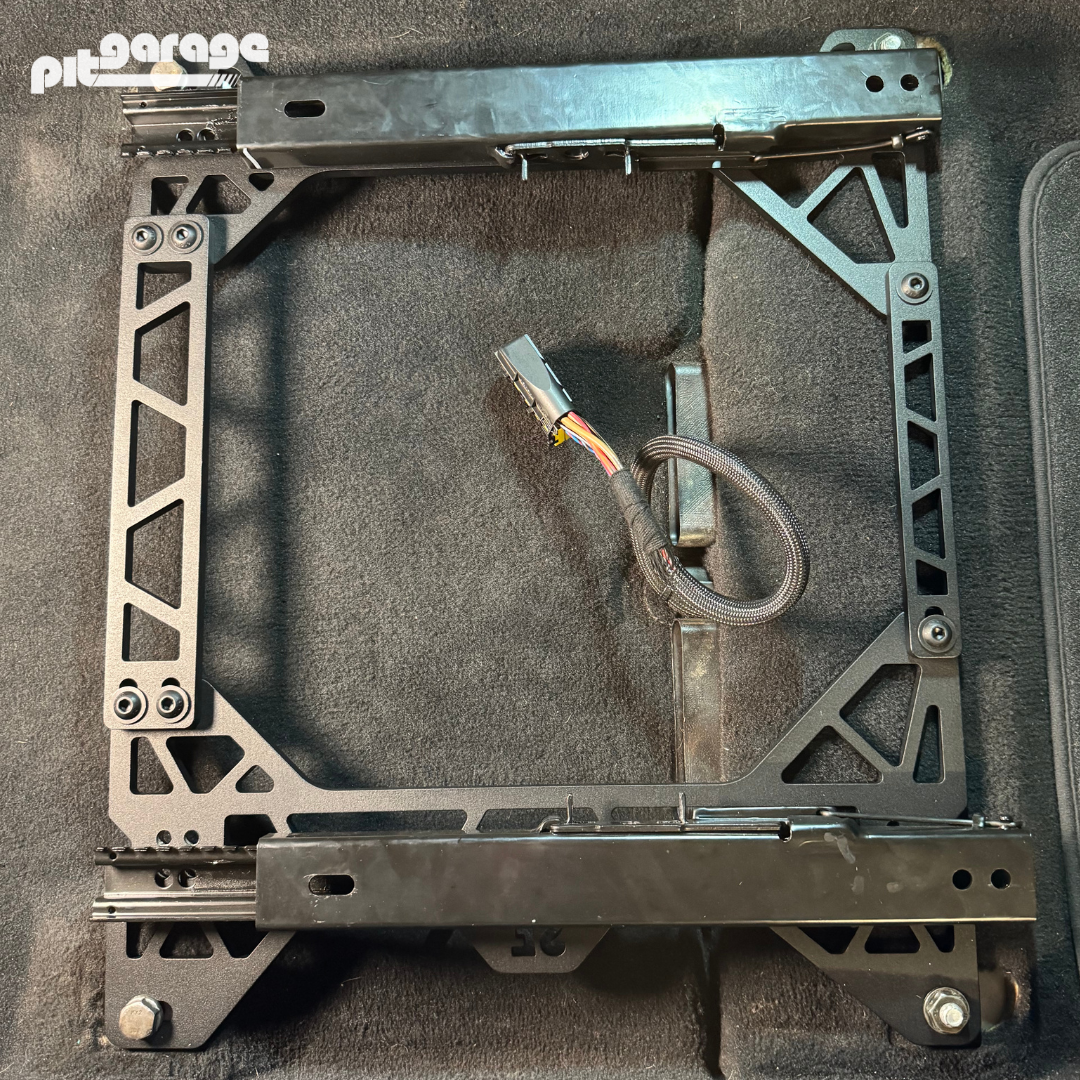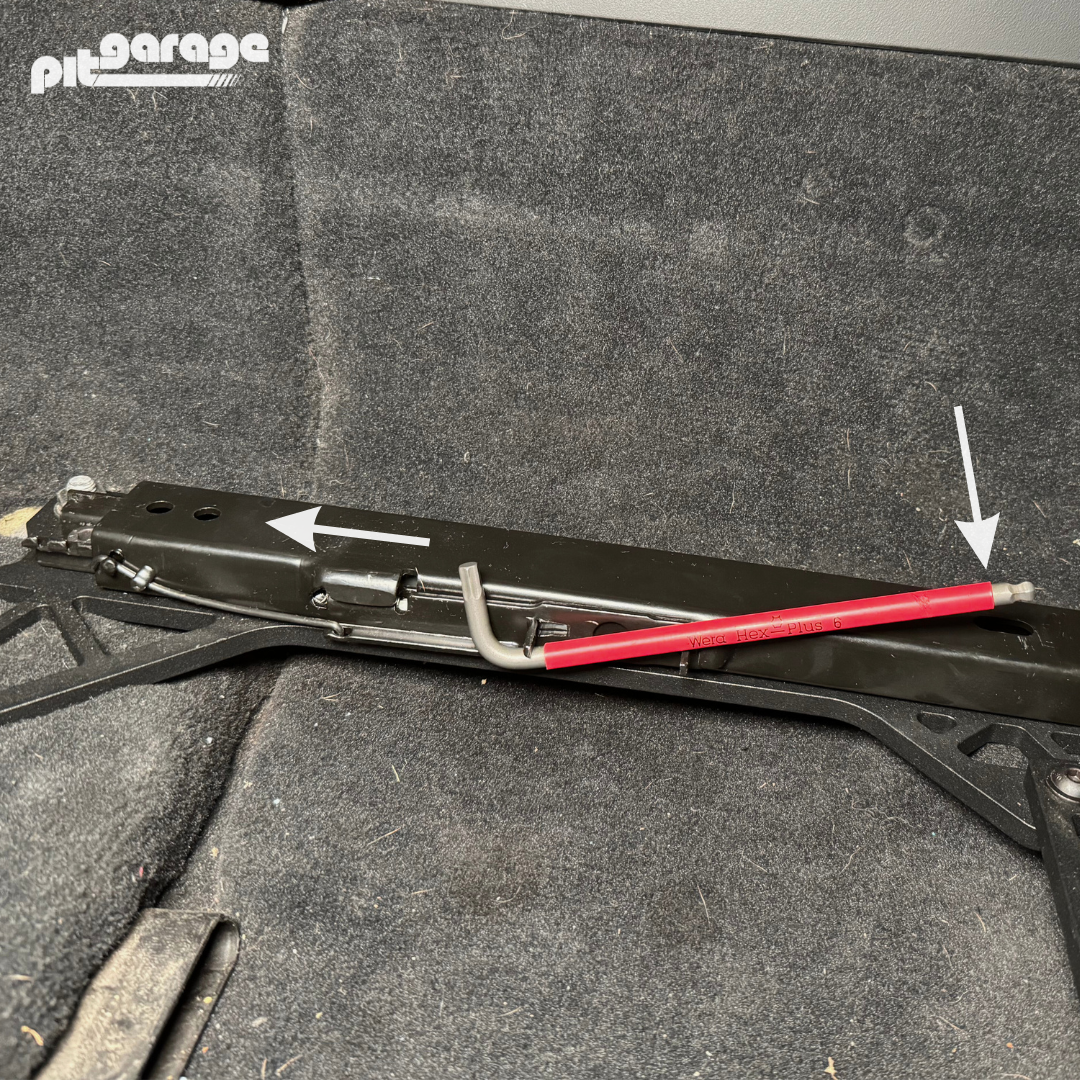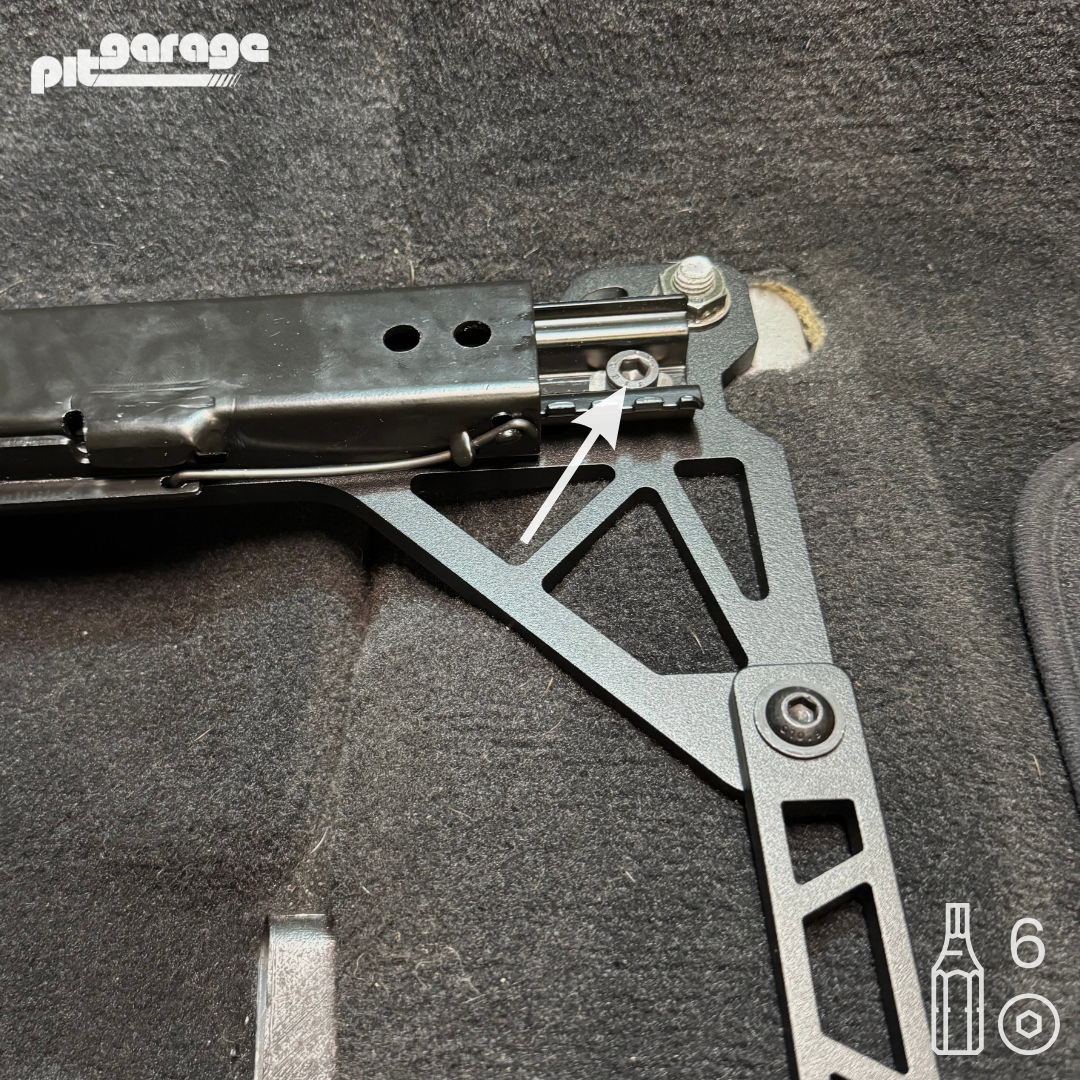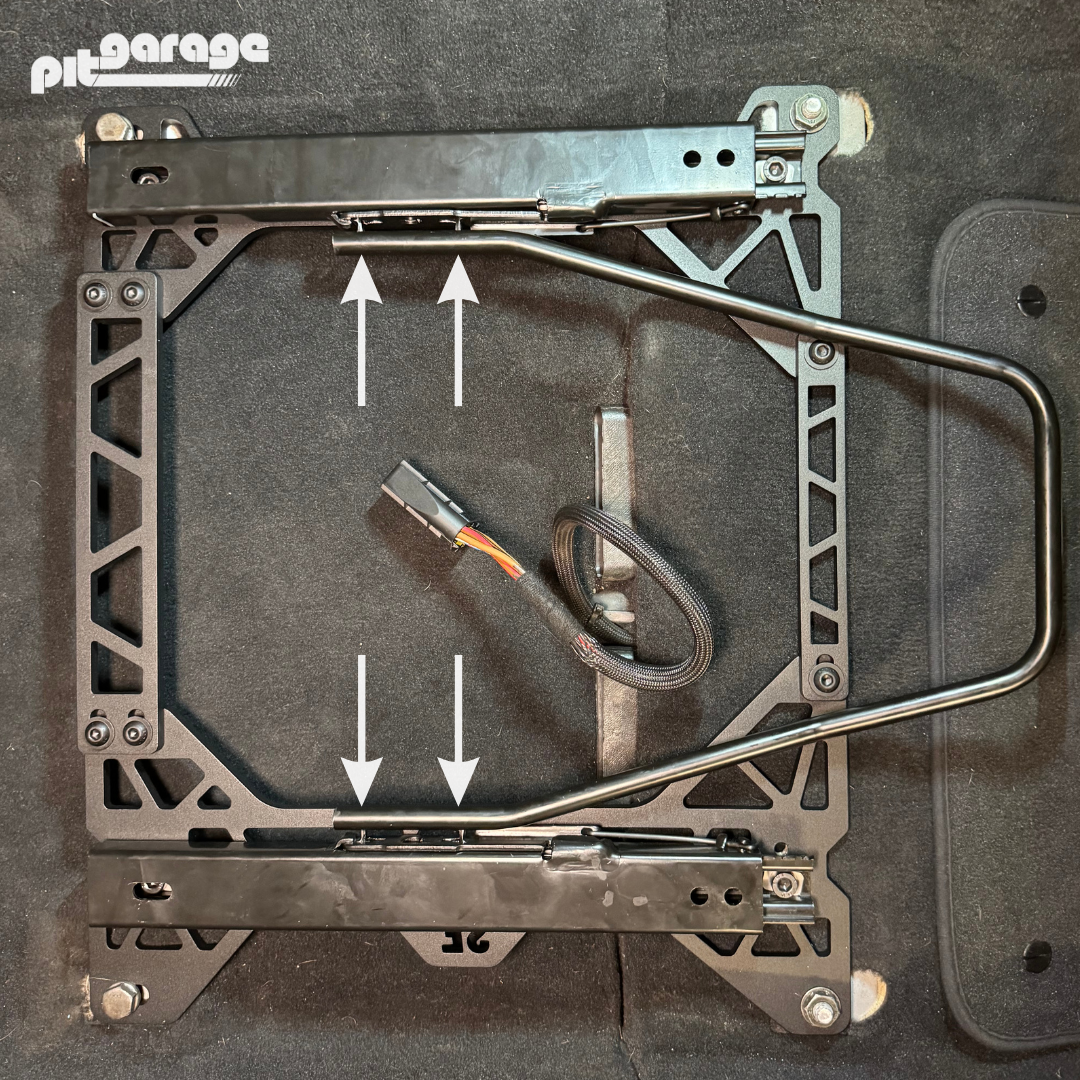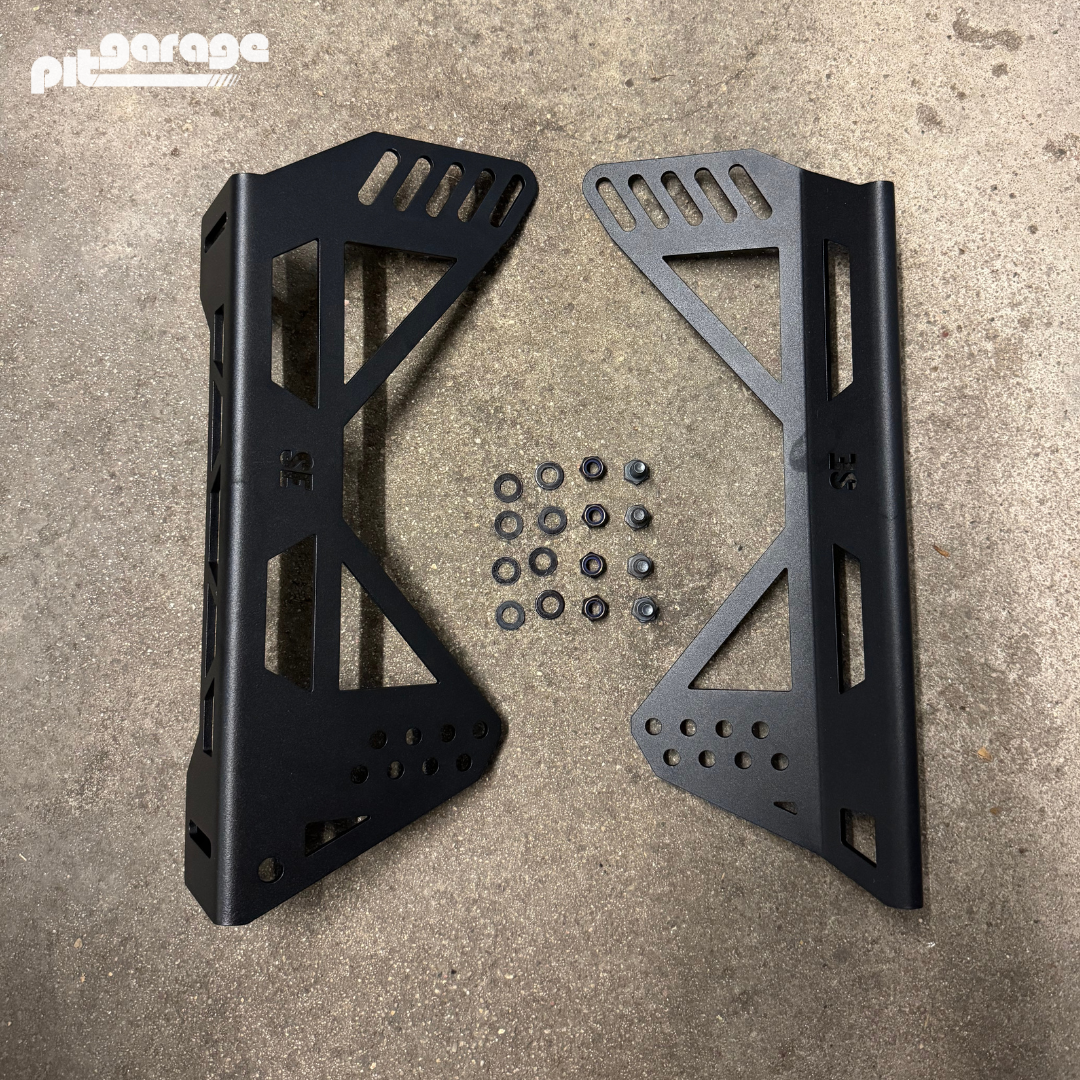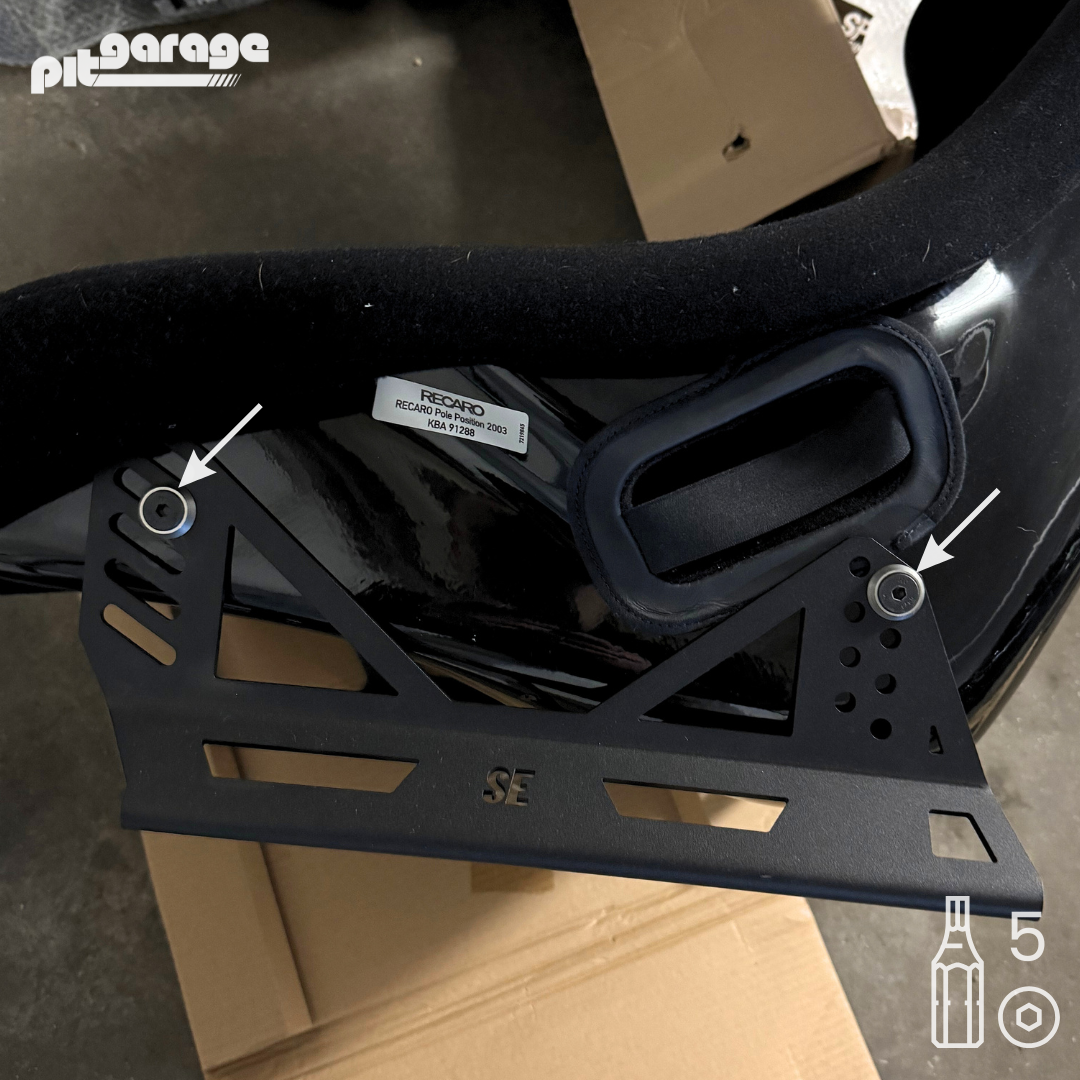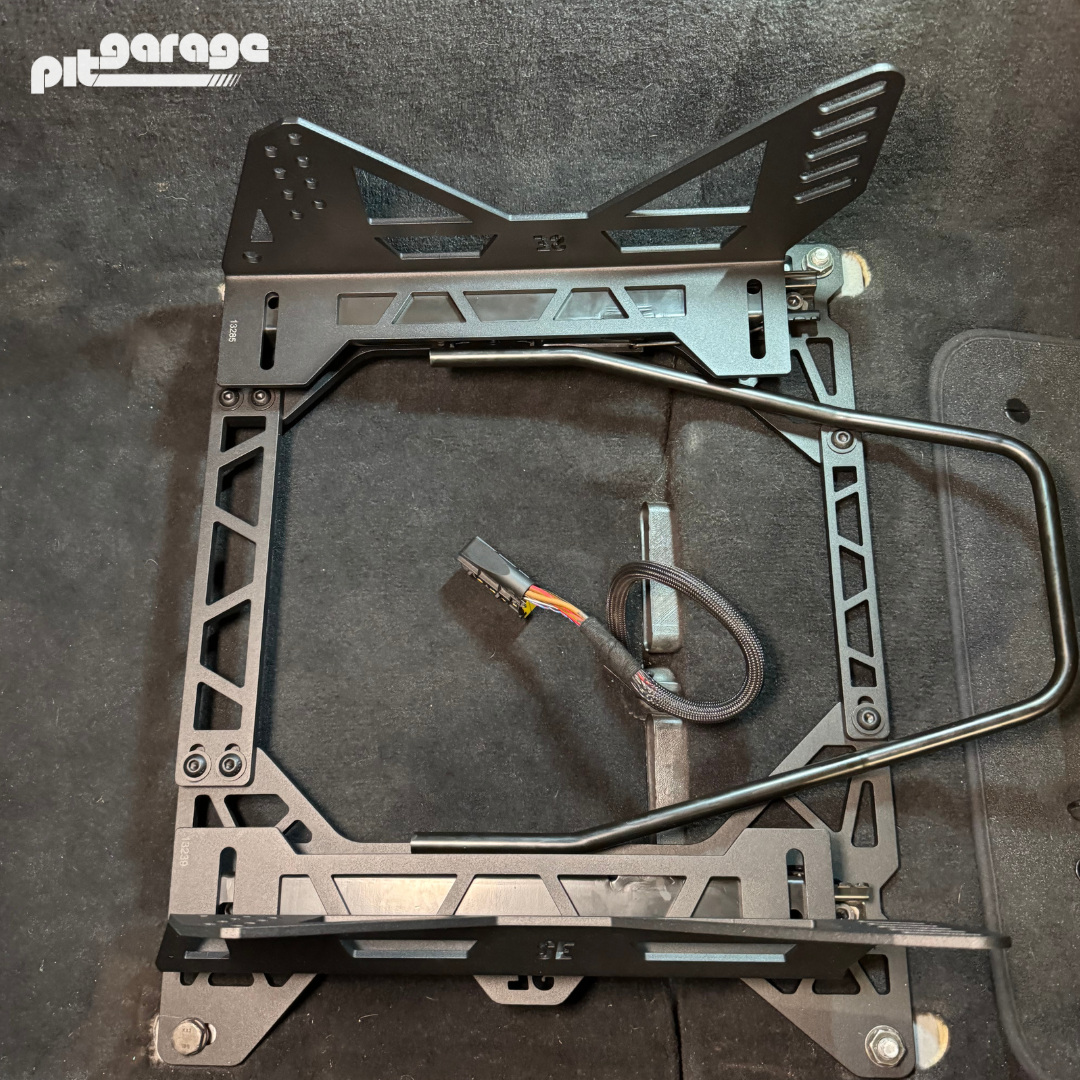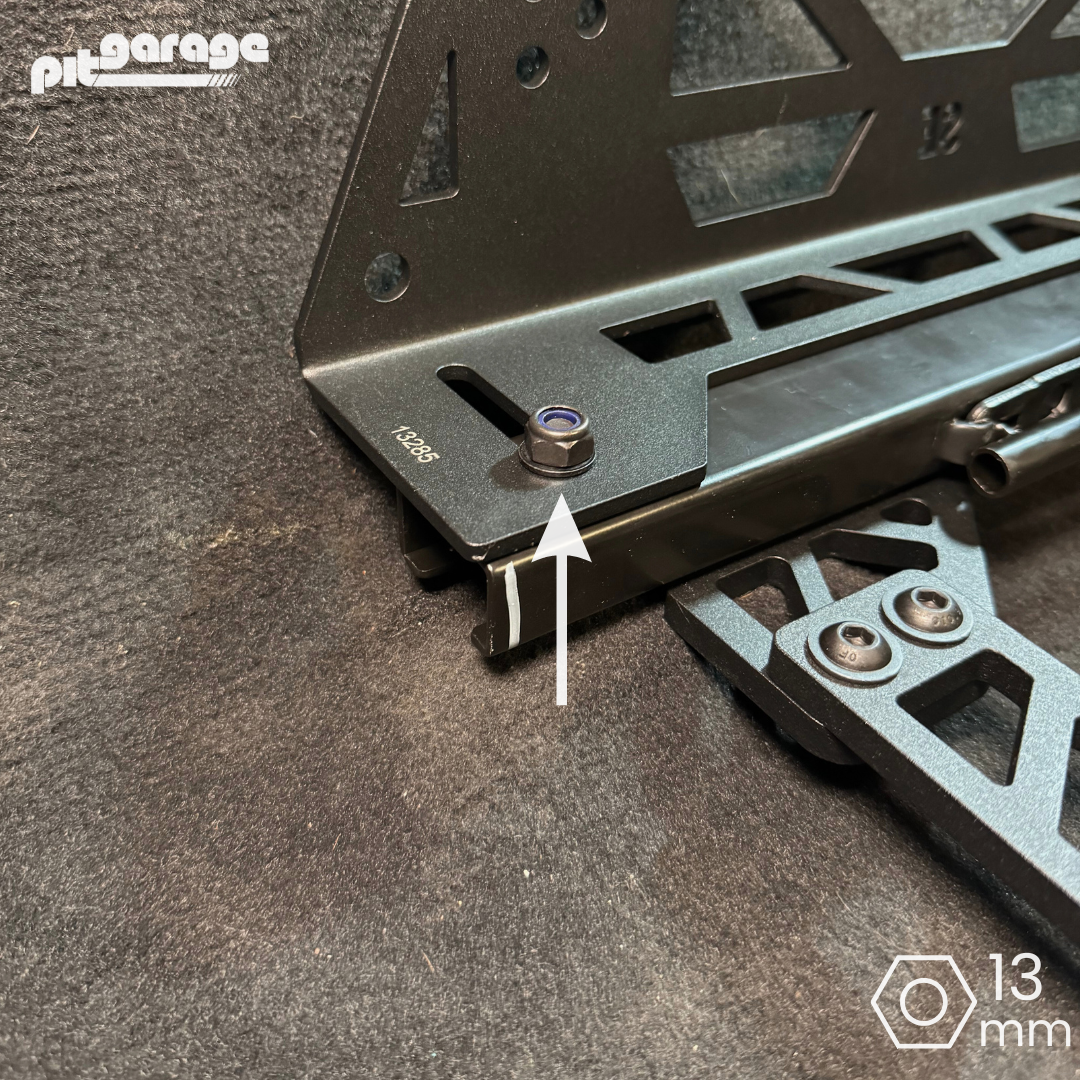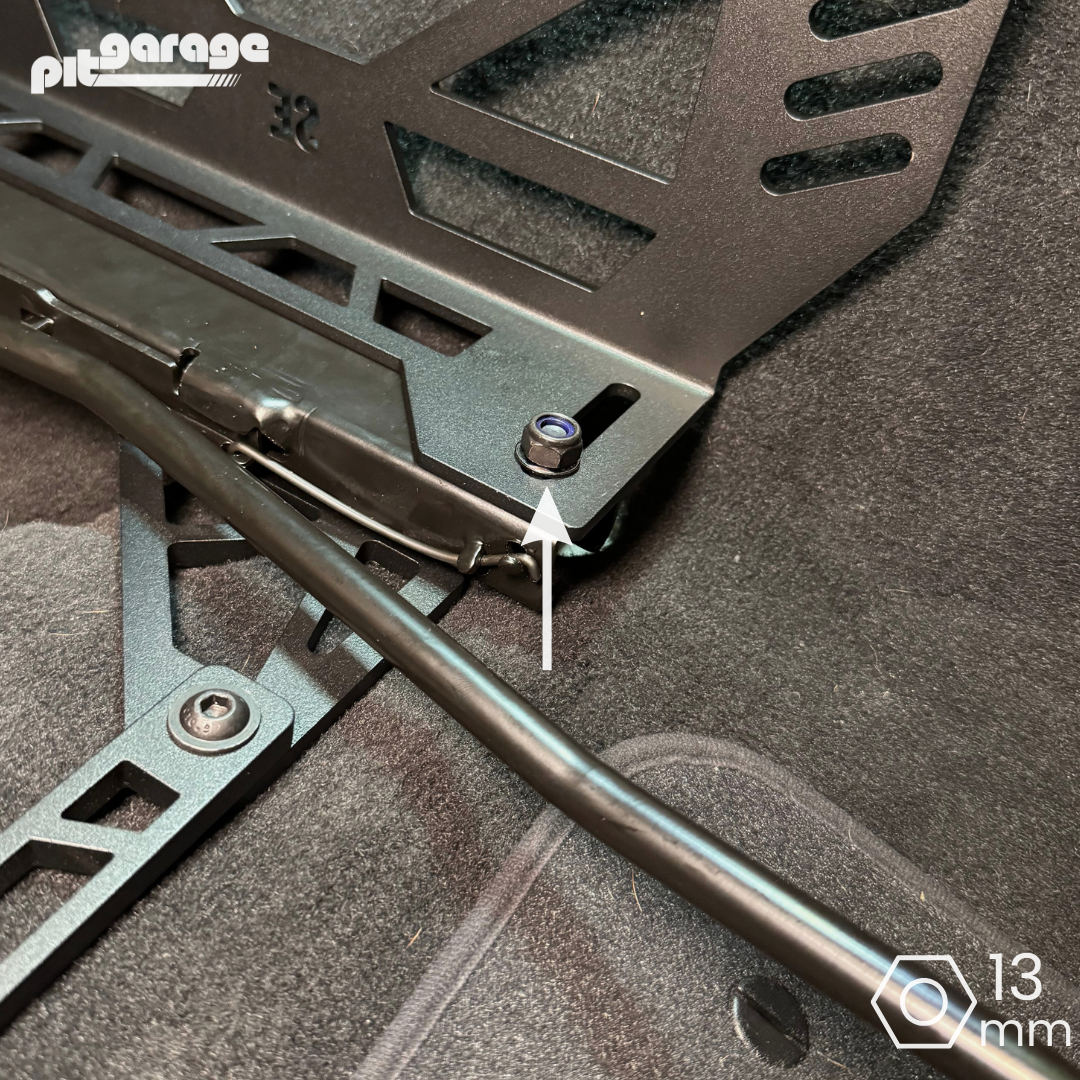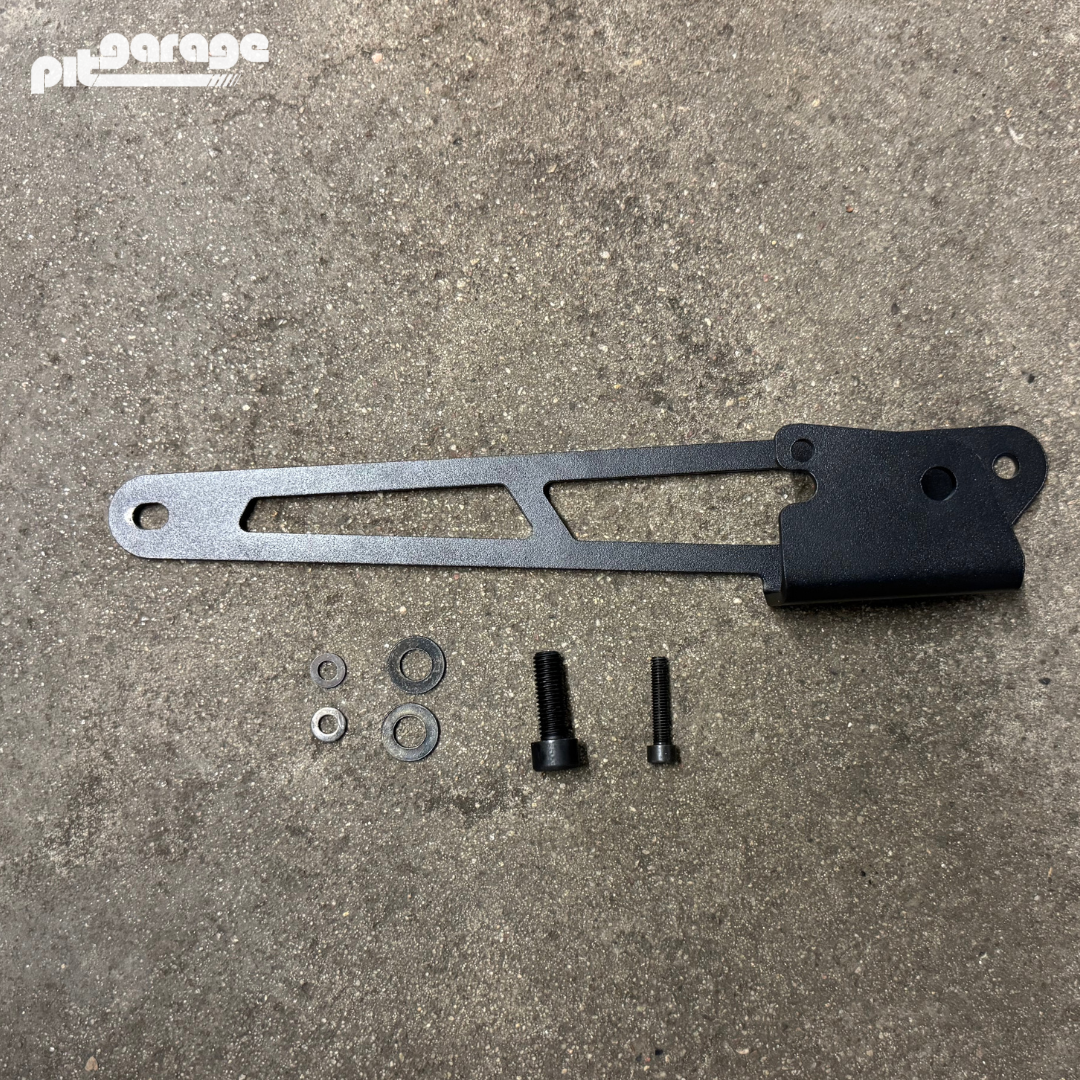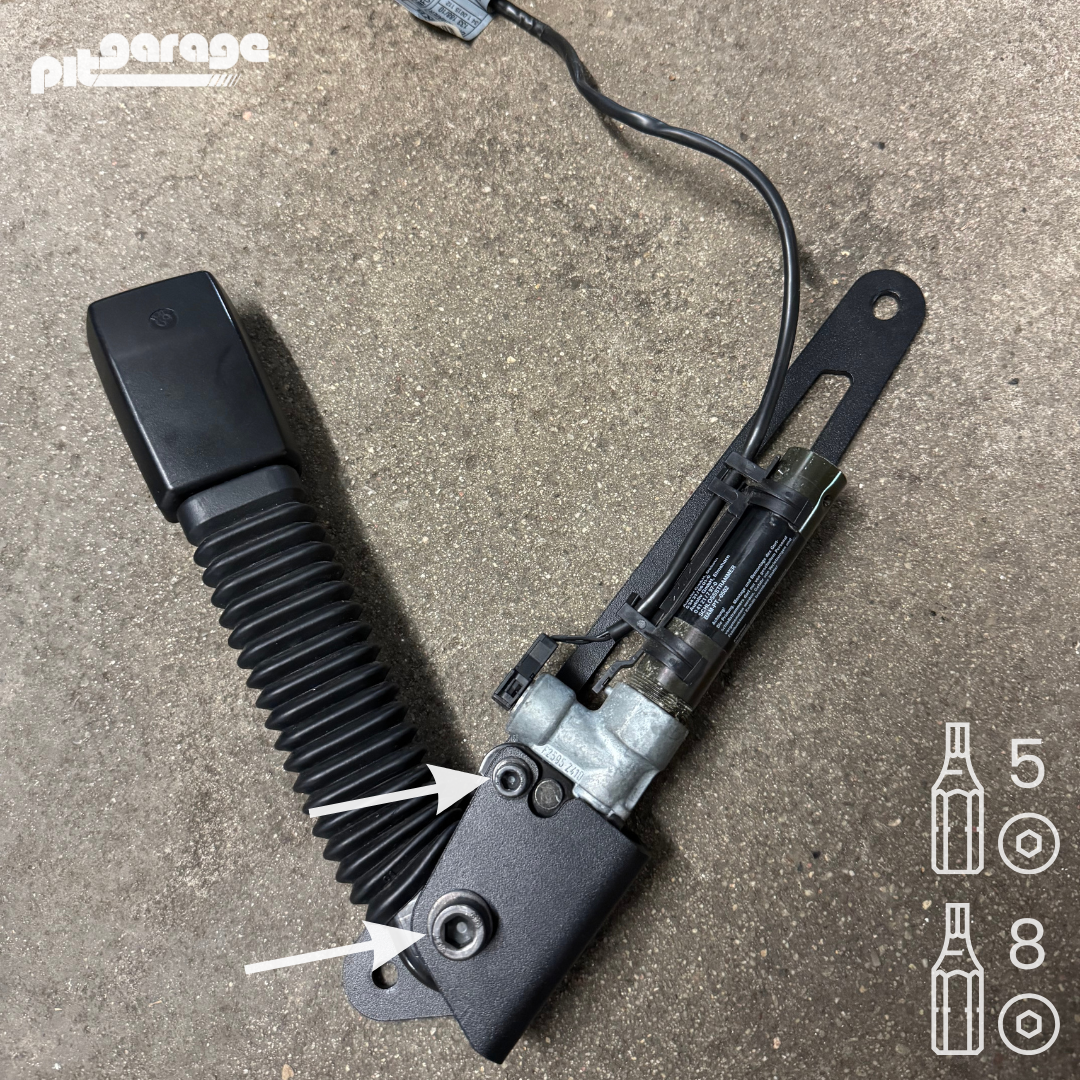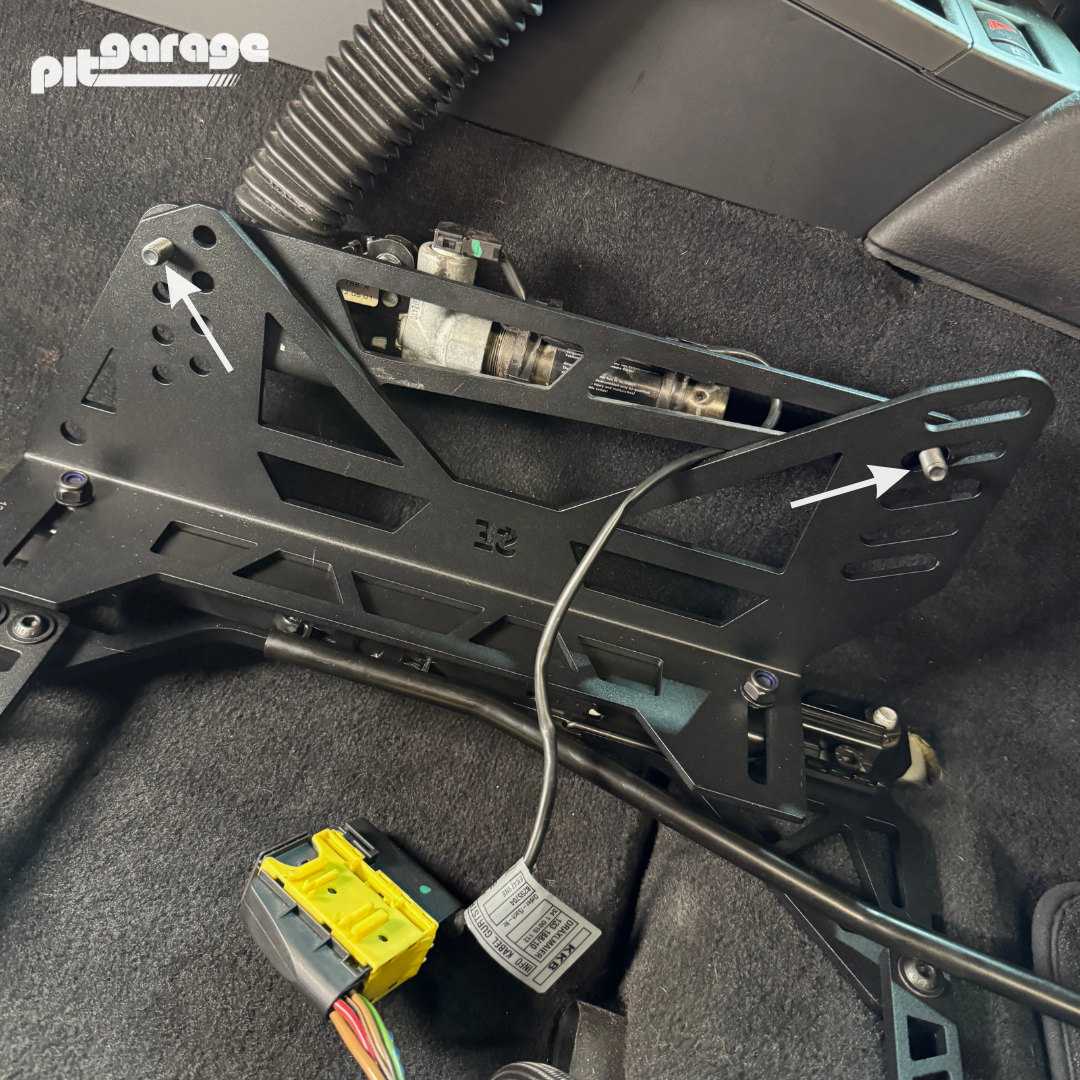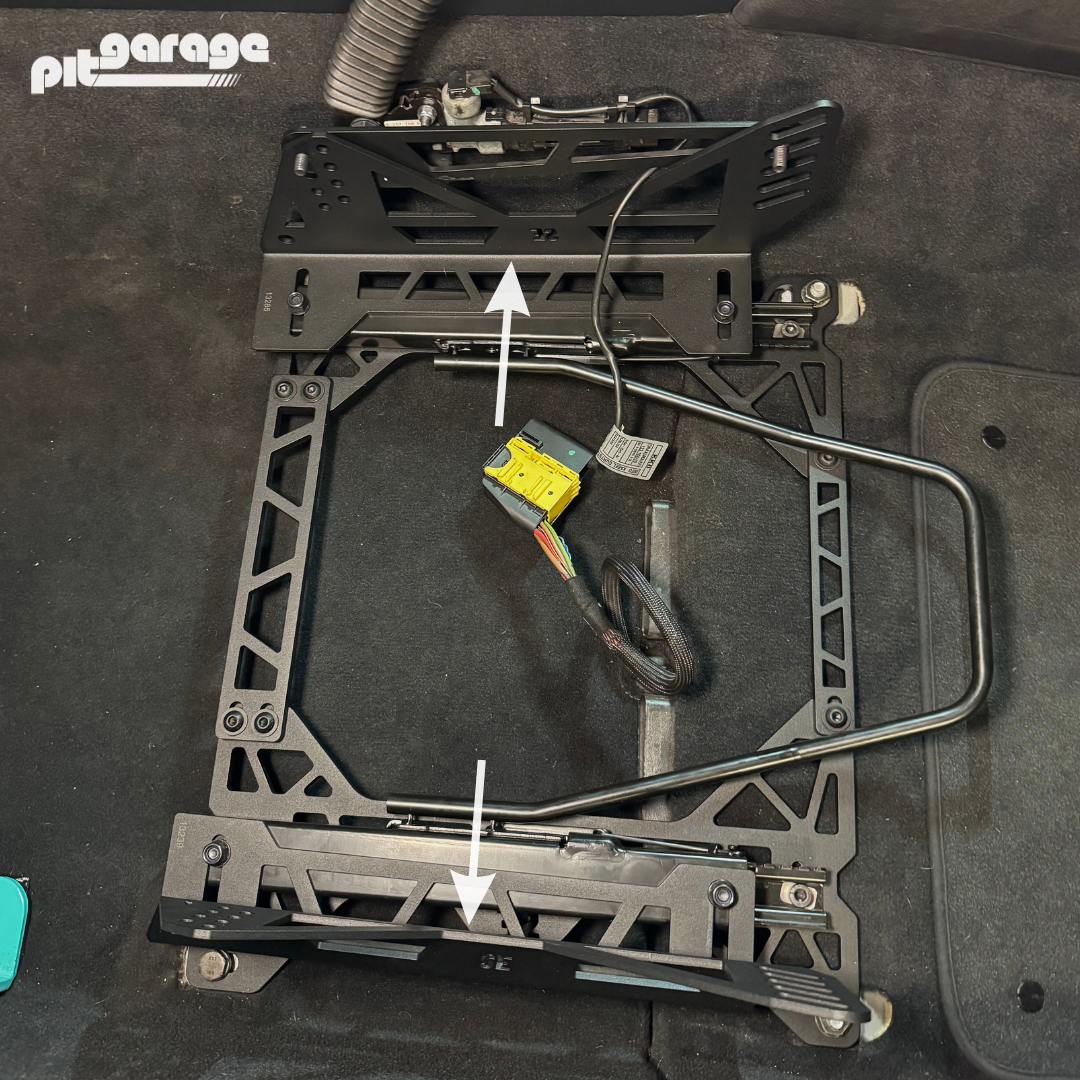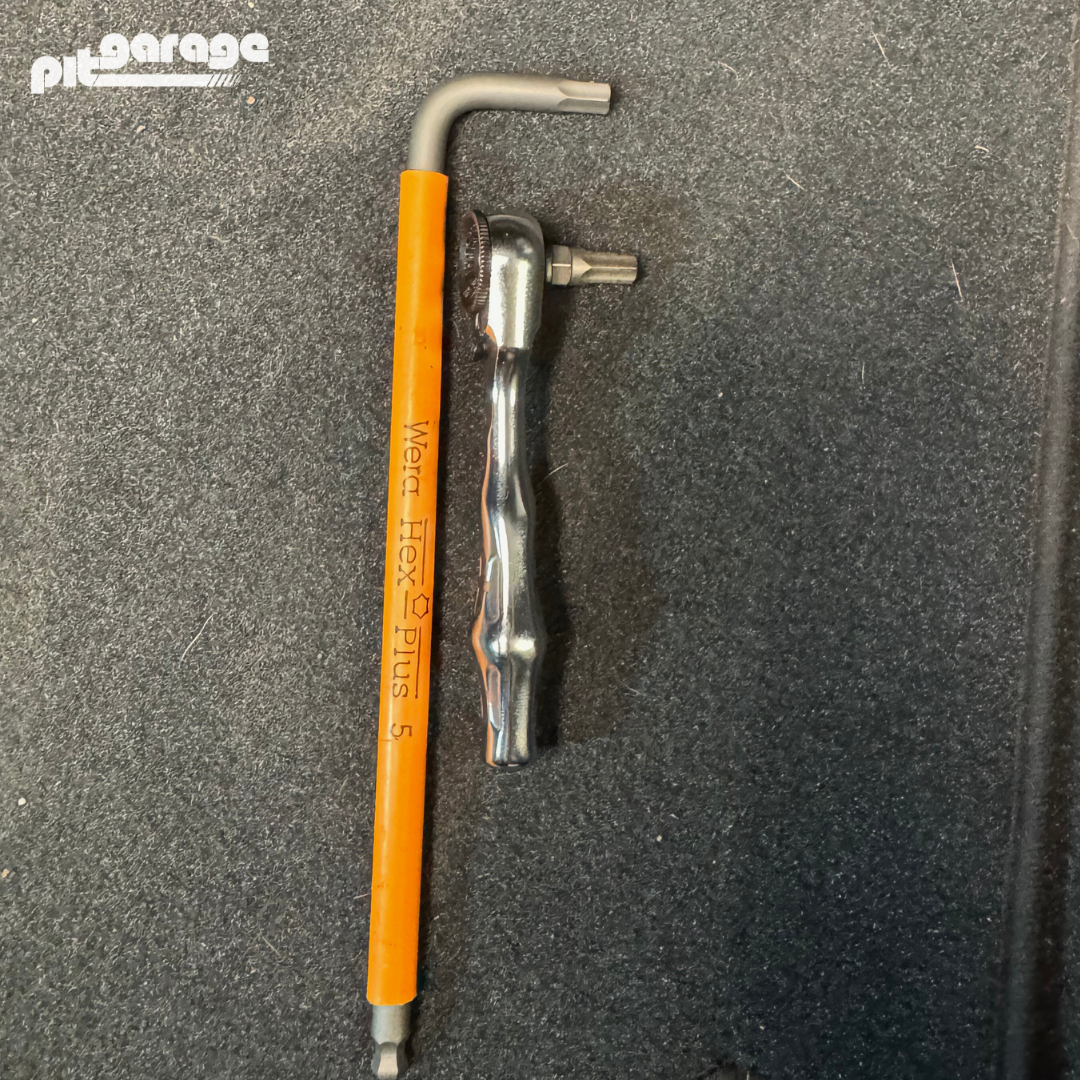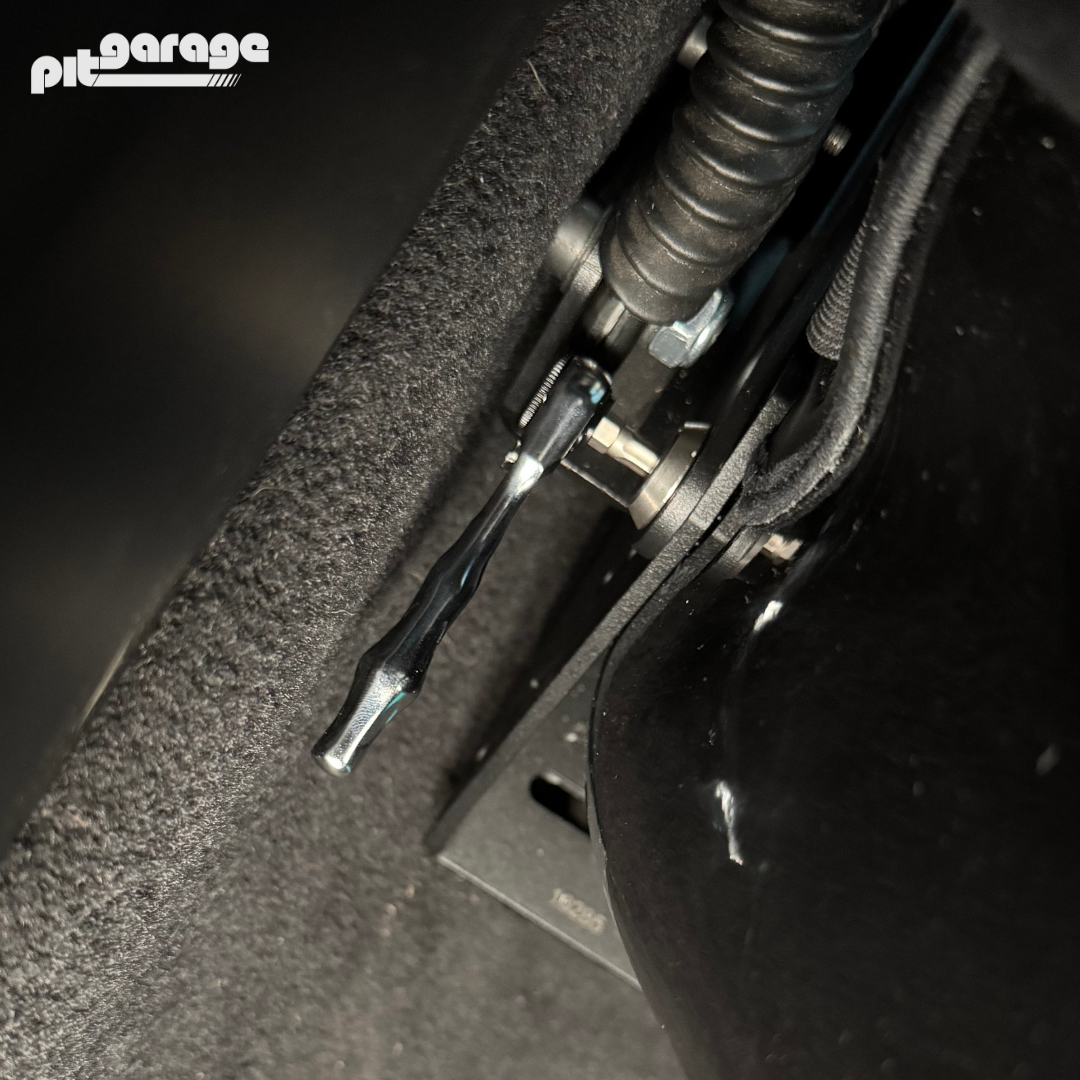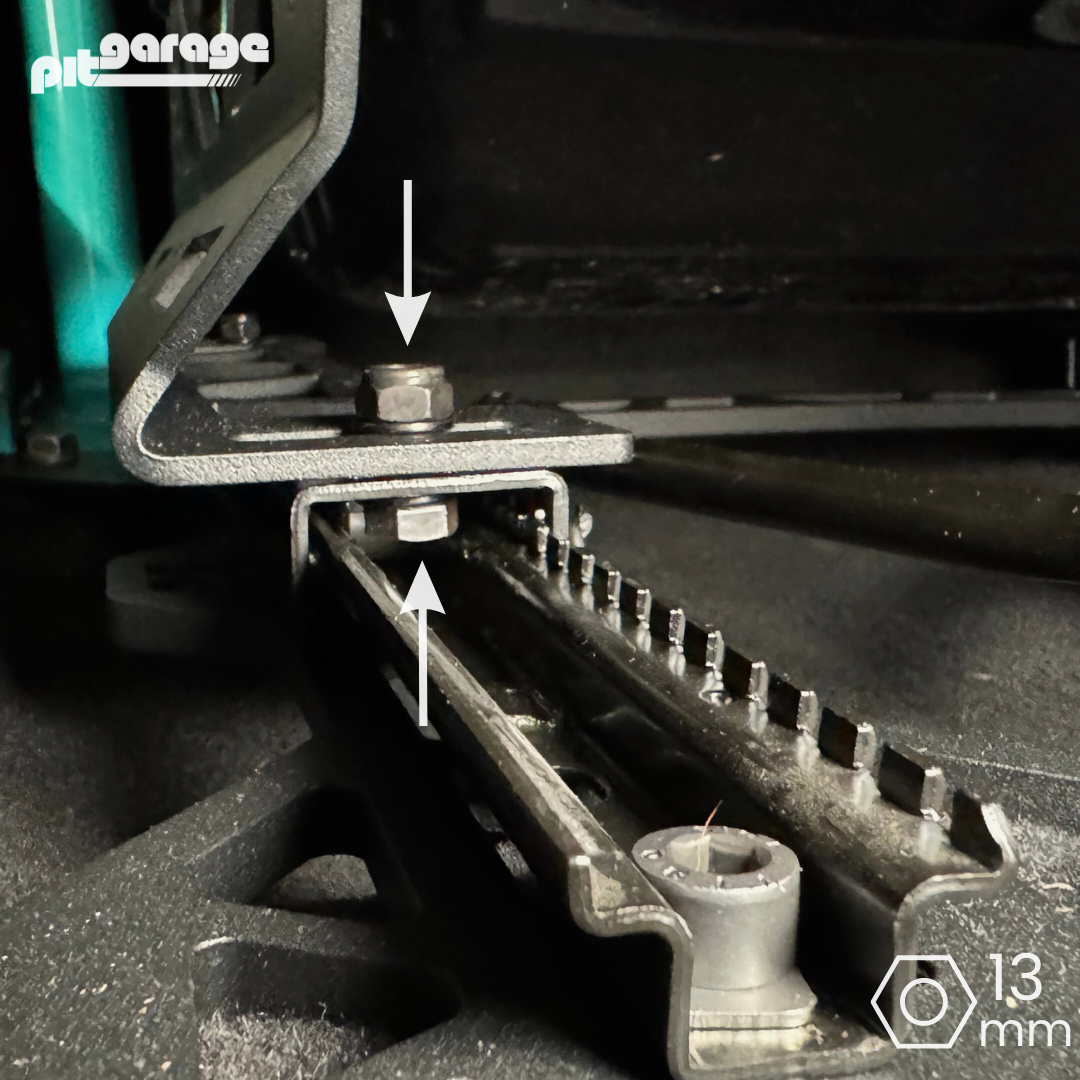Installing Recaro Pole Positions
Installing Recaro Pole Positions in the E46 M3
A proper seat is essential for track driving. In fast corners, you don’t want to fight against G-forces or slide around, losing focus. The OEM seats in the E46 M3 are comfortable but lack the side support needed for spirited driving and track use. That’s why I decided on a Recaro Pole Position installation, paired with Speed Engineering seat mounts, for a secure and stable seating position.
Beyond better control, this swap also brings significant weight savings. The stock seats are heavy, and reducing weight improves both handling and performance. At the end of this guide, I’ll break down exactly how much weight was saved.
If you’re wondering why bucket seats are a great upgrade, how to choose the right size, or which seat mounts to use, check out my in-depth article on bucket seats and seat mounts.
- Removing the Stock Seat
- Removing the Seatbelt Buckle
- Installing the Seat Mount
- Attaching the Seat Slider
- Installing the Side Brackets (L-Brackets) and Recaro Seat
- Reinstalling the Seatbelt
- Weight Summary – How Much Was Saved?
Tools needed
- Torx T50 bit
- 16mm socket
- 13mm socket
- 5mm allen key or socket
- 6mm allen key or socket
- torque wrench (lowest torque setting: 30Nm 22 lb-ft | highest torque setting 50Nm / 37 lb-ft)
- 13mm crowfoot (optional)
This guide is for informational purposes only and is based on my personal experience. Please take all necessary safety precautions, and if you’re unsure, consult a professional.
1. Removing the Stock Seat
2. Removing the Seatbelt Buckle
2.1 Releasing the Seatbelt: Since I’m still using the factory three-point seatbelt, I need to remove both the seatbelt buckle and the seatbelt itself. If you’re switching to a harness setup, you can skip this step and move directly to Step 3. Start by removing the Torx T50 bolt in the footwell to free the seatbelt. The belt will later be routed through the Recaro seat.
3. Installing the Seat Mount
4. Attaching the Seat Slider
5. Installing the Side Brackets (L-Brackets) and Recaro Seat
5.2 Testing the Seating Position: Once installed, you won’t be able to adjust the seat height or angle inside the car. If you’re unsure about your preferred seating position, mount the L-brackets to the seat outside of the car and test different positions. On most track days, you will be wearing a helmet—if the seat is too upright, your helmet might hit the headrest and push your head uncomfortably forward. I personally prefer a slight recline for comfort, but not too far, as you still need proper steering wheel control.
5.3 Positioning the L-Brackets: Once you’ve found a comfortable seating position, take note of the holes you used and remove the L-brackets from the seat. Now, position them inside the car on the seat sliders. The 90-degree bracket goes on the inside, while the bracket with the bend goes on the outside.
5.10 Attaching the Seat to the L-Brackets: Start threading the bolts into the bucket seat. If you still have the OEM interior, space near the transmission tunnel can be tight. Good lighting helps to see the holes in the seat clearly. Having a second person hold the seat in position while you install the bolts can also be useful. Be careful not to scratch the seat, and avoid cross-threading the bolts. The seat’s mounting inserts are embedded directly in the fiberglass or carbon fiber shell—if they break out or get damaged, they are very difficult or even impossible to repair. Handle them with care and do not overtighten.
5.16 Using a Crowfoot for Tight Spaces: In my case, the seat was so low in the rear that I couldn’t fit a torque wrench with a socket onto the nuts. Of course, you could just use a standard wrench and go by feel (Good and tight), but that’s not how I like to do things. My background is in aviation, where every bolt is torqued to spec. To solve this issue, I used a crowfoot wrench to reach the bolts. However, keep in mind that using a crowfoot changes the torque lever length, so you’ll need to adjust the torque setting accordingly. There are formulas and online calculators to determine the correct torque value.
6. Reinstalling the Seatbelt
7. Weight Summary – How Much Was Saved?
7.1 Weight Summary: Let’s break down how much weight was removed and what was added back in.
Removed Weight (per seat):
- Leather M3 Seat (Electric Adjustment & Heating): 29 kg (63.9 lb)
Added Weight (per seat):
- Recaro Pole Position: 7 kg (15.4 lb)
- Seat Base (Including Bolts): 3.27 kg (7.2 lb)
- Seat Slider (Including Bolts): 2.46 kg (5.4 lb)
- L-Brackets (Including Bolts): 2.75 kg (6.1 lb)
- Seatbelt Buckle Mount (Including Bolts): 0.5 kg (1.1 lb)
Total Weight Saved:
Removed: 58 kg (127.9 lb)
Added Back: 31.95 kg (70.4 lb)
Final Weight Savings: 26.05 kg (57.5 lb)
7.2 Take It for a Test Drive: The best part of installing new parts? Taking your car for a test drive! I think we all have a favorite road, a few corners, or a highway on-ramp that we know like the back of our hand and love to push through. After installing new parts, I always enjoy driving those familiar turns to see how the car feels. Enjoy the drive and feel the difference!
